|

HOME |
ABOUT | INDEX |
NEWS |
FACEBOOK |
CONTACT
CUISINE
Food |
Drink | Dining | Restaurants | Bars
Fabulous Food
Queer food is hiding in plain sight. From kitchen camp
to political plates, queer people have been shaping food
culture for decades. There’s really no such thing as
queer food. But once you start looking for it, you'll
discover that it’s everywhere.
There’s nothing explicitly queer about the dinner series
hosted by French chef Laurent Quenioux on a sleepy side
street in the Highland Park neighborhood of Los Angeles.
Called LQ “Foodings,” Quenioux adapts fine French
cuisine to LA tastes, embodied in dishes like duck
hearts cooked to a caramel consistency and chanterelles
soaking in a pungent Roquefort creme fraiche. Word of
the dinners passes like a decadent, beneficial social
contagion among those with a taste for rare cheeses
served on a back patio in the benevolent California
night air.

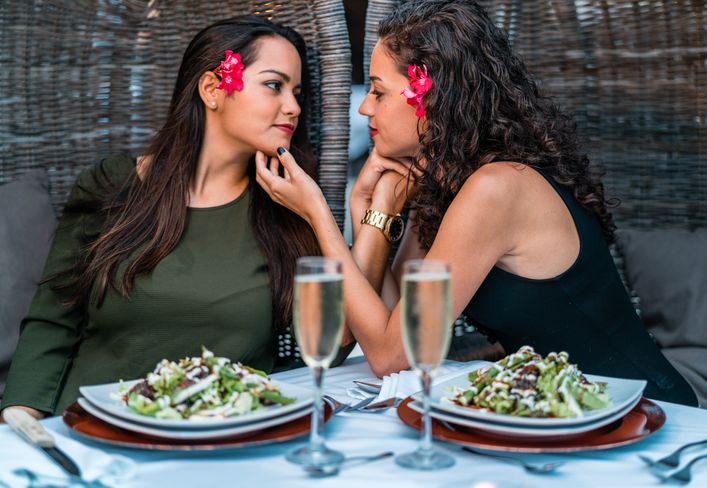
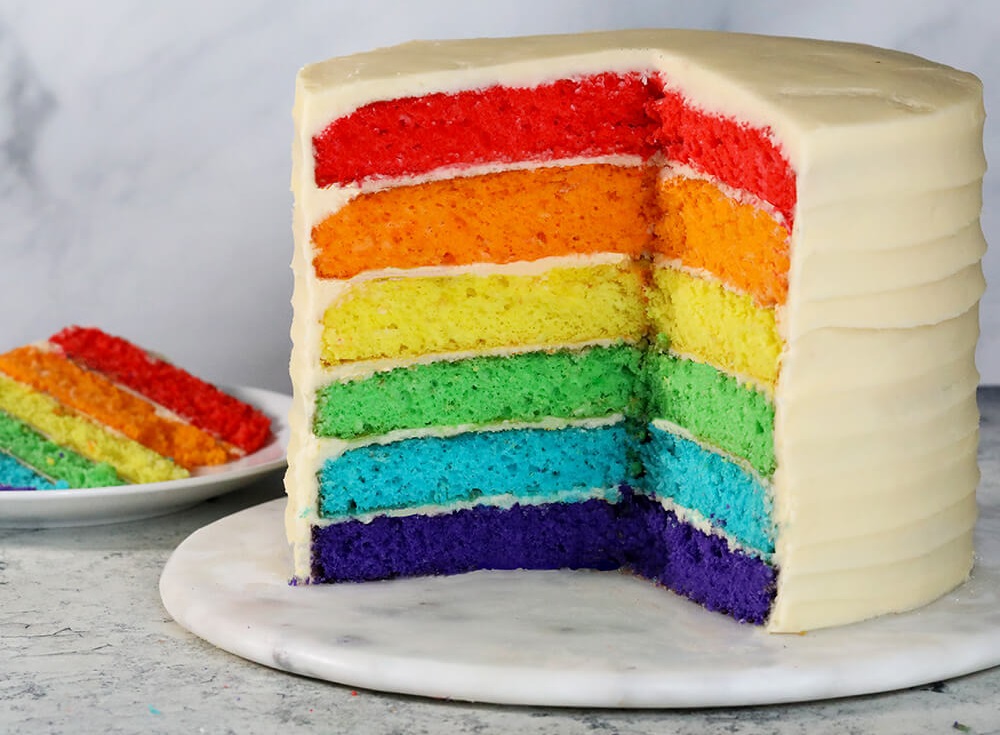
Trashy Qweenz: Fabulous Cupcakes
Philadelphia's First Ever Queer Women's Sports Bar Set
to be a Slam Dunk
Dani’s Queer Bar Opens in Boston: Beantown Gets its
First Lesbian Bar in Decades
Women’s Sports Bars Are on a Winning Streak
Women's Sports Bars Expected to Quadruple
Across US in 2025
Reneé Rapp Wants to Open a Queer Bar in Los Angeles
Bakery Almost Went Out of Business for Supporting LGBTQ
Rights, But Locals Stepped Up
The Last of the Lesbian Bars
Bar for Women’s Sports Brought in $1 Million in 8 Months
Oregon’s Queer Wine Fest is Turning the
Vineyard Rainbow
Culinary Icon James Beard:
Gay Male Julia Child
There are 30 Lesbian Bars Left in the US Today
Chef Michael Twitty: Unites His Black and Jewish
Heritage With Food
Roundtable: What Is Queer Food?
And yet, as a gay man-ish person, I have always found
these dinners to be an undeniably queer space, even if I
couldn’t offer the exact reason why. Is it the fact that
Quenioux is gay? That’s an important starting point, but
plenty of events and restaurants run by gay chefs are
not necessarily queer. Is it the decadent plates, each
served by the chef with a pinch of backstory or a dirty
little joke? Or the fact that you know you’re in when
Quenioux sits down to sip a glass of wine, and whispers
which cheese he smuggled over from Langres, the taste of
which reminds him of an old lover? Or is it Quenioux’s
expert social engineering? If the guest list is too
heavy on newcomers and polite acquaintances, he will
invite flamboyant close friends and previous attendees
to shake things up.
It’s not any one of these things, but it is all of them,
a merging of ambition, sensuality, and social
enchantment which is undeniably, ineffably queer.
Queerness has become a useful blanket term for anyone on
the LGBTQ spectrum, but it has radical roots as a
subversion and redefinition of all aspects of society —
including restaurant dining. When Quenioux approaches
something as basic as a meal with an eye toward the
unspoken bond only outsiders share, it’s a necessary act
of unity. Queer people hail from every region, every
state, every city; we exist across religion, race, and
class; we have lived parallel to the mainstream, passing
off dishes as normal when they are, in fact, bewitched.
Of course, queer soup and transgender sandwiches don’t
exist. No flourish of sauce makes a dish bisexual, nor
does flambe make your duck or ice cream “homosexual”:
these are terms applied to people, and ones that don’t
transfer to food, even if an LGBTQ someone ignited that
dish.
Though that may be changing. The restaurant world is
full of queer people, and increasingly, they are
demanding to be seen. In the New York Times, Jeremy
Allen traces the flowering culture of queer restaurants,
dinner parties, and pop-ups that suggest an emergence of
explicitly queered restaurants and voices, ones left out
of the story of American food for too long. Just as the
gay bar is only the tip of the queer-nightlife iceberg,
the explicitly queer food business is only the most
visible aspect of a much larger, often unseen universe
of queer food, one that’s been evolving in and shaping
American culture for decades.
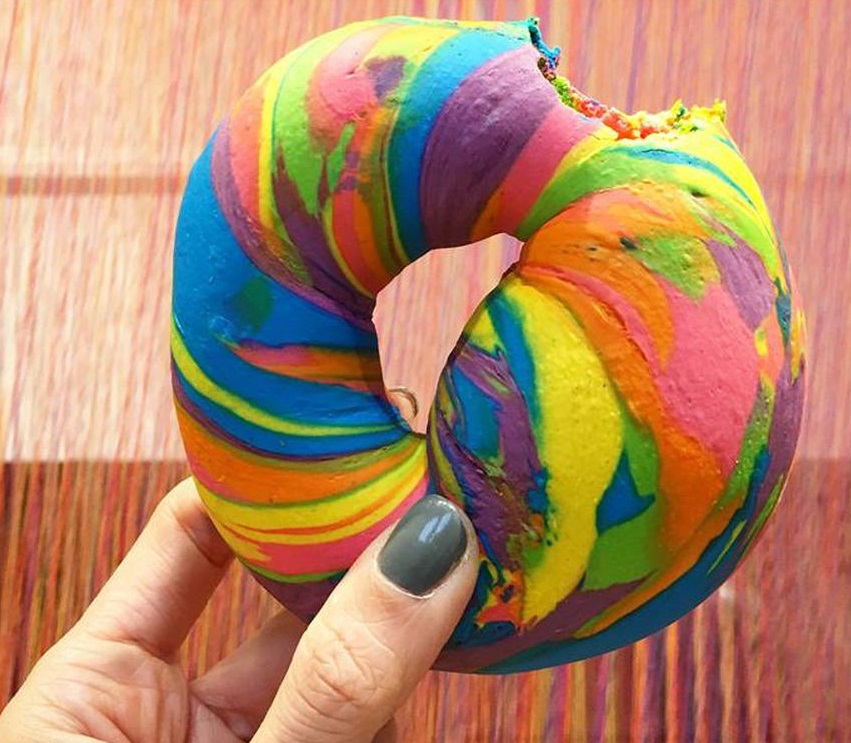
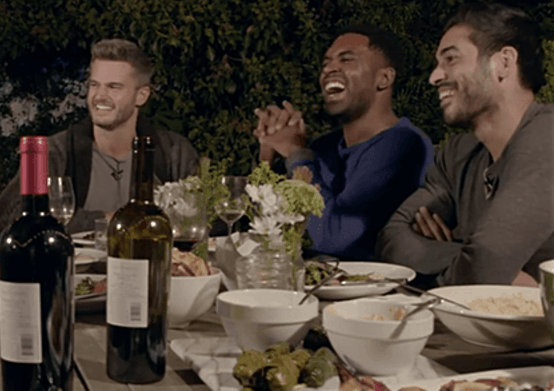
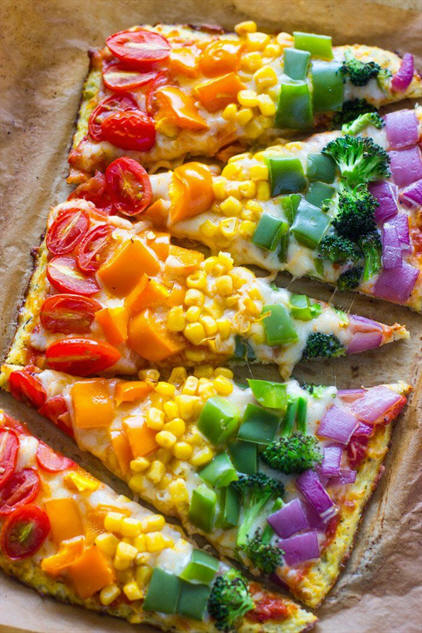
Best LGBTQ Food, Wine and Spirits Festivals From Coast
to Coast
Queer Chefs are Rewriting the Recipe for
Success
Disco Fries Are The Ultimate Queer Cuisine
Badass LGBTQ Restaurant
Folks
What is Queer Food?
Celebrate Pride Month With Rainbow Foods
LGBTQ Chefs Serving Queer Culinary
Realness and Changing the Game
Mesmerizing Rainbow
Recipes
Most Popular LGBTQ Bars in US
We Asked LGBTQ Foodies and Chefs to
Define Queer Food
Bake From
Scratch Magazine
Take a Sip of These Queer-Owned US
Breweries
Best LGBTQ Bars in New York City
Visit
the Cafe
Like so much of queer culture, our food is often hiding
in plain sight, which offers a frisson of exclusivity
while occluding so much of what queer people have done
to shape our culinary moment. The emerging queer food
movement is necessary because our food is increasingly
misunderstood. The one thing queer food isn’t is a
rainbow cupcake — just ask the viral (and extremely
straight) rainbow bagel. It is less about what is
literally eaten, but it’s more than just the presence of
queer people at the table. Queer food is the food of a
temporary utopia, one where unexpected eating styles and
culinary creativity thrive, where things that seem too
weird to work actually do.
The vibe, impossible to fake and discovered almost
always by chance, can reign in a restaurant for years,
alight in a home for a few hours, or spark in the look a
bartender serves alongside your drink. I found it when
out queer woman Angela Dimayuga ran the kitchen at New
York’s Mission Chinese, wait staff along the gender
spectrum slipping my boyfriend and me colorful, spicy
dishes with a side of flirtation, a playful nod we
associated with gay bars a few drinks in, not trendy
restaurants.
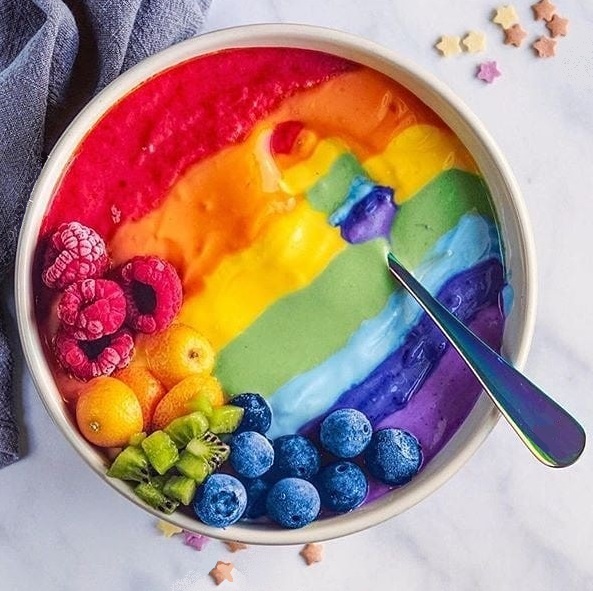
Schitt's Creek: The Wine
and Not the Label
Philadelphia's First Ever Queer Women's Sports Bar Set
to be a Slam Dunk
Women's Sports Bars Expected to Quadruple
Across US in 2025
Roundtable: What Is Queer Food?
Best Gay Bars in NYC
History Behind the R&R, Colorado's Longest Running Gay
Bar
Queer Chefs are Rewriting the Recipe for
Success
Beer Companies That Actually Do Support
The LGBTQ Community
Historic Greenwich Village Gay Bar Declared City
Landmark
GBBO’s David Atherton & Michael Chakraverty on Their New
Podcast
Big Brunch Chef J Chong Talks with Dan Levy About
Diversity and Food
LGBTQ Chefs Serving Queer Culinary
Realness and Changing the Game
Gay Bars in the US That Opened in 2023
Trashy Qweenz
Loitering
outside a West Los Angeles art gallery, old and new
friends crowded a Coolhaus truck, dance music blasting,
for aggressively aesthetic ice creams in flavors like
french fries with chocolate and foie gras peanut butter
and jelly, which felt as comfortable as a big leathery
hug from a masc-identifying person: strangely,
comfortably good. During sprawling dinners at my own
apartment, my clique I call the “gay bros” call me the
“Barelegged Contessa,” thanks to my fondness for the
Food Network star’s recipes, served at a table bedecked
with seasonal decor like dick-o-lanterns while I waltz
through the kitchen in short shorts.
These are
all moments where the culinary queer manifests as its
own type of rainbow: It wasn’t just this or just that
which made the meal a bit gay. It was a little of
everything, the magic of political lives lived with joy.
Queer food is not the ingredients, the cooks, the
diners, the labels. It’s in the make.
[Source:
Kyle Fitzpatrick, Eater, June 2018]
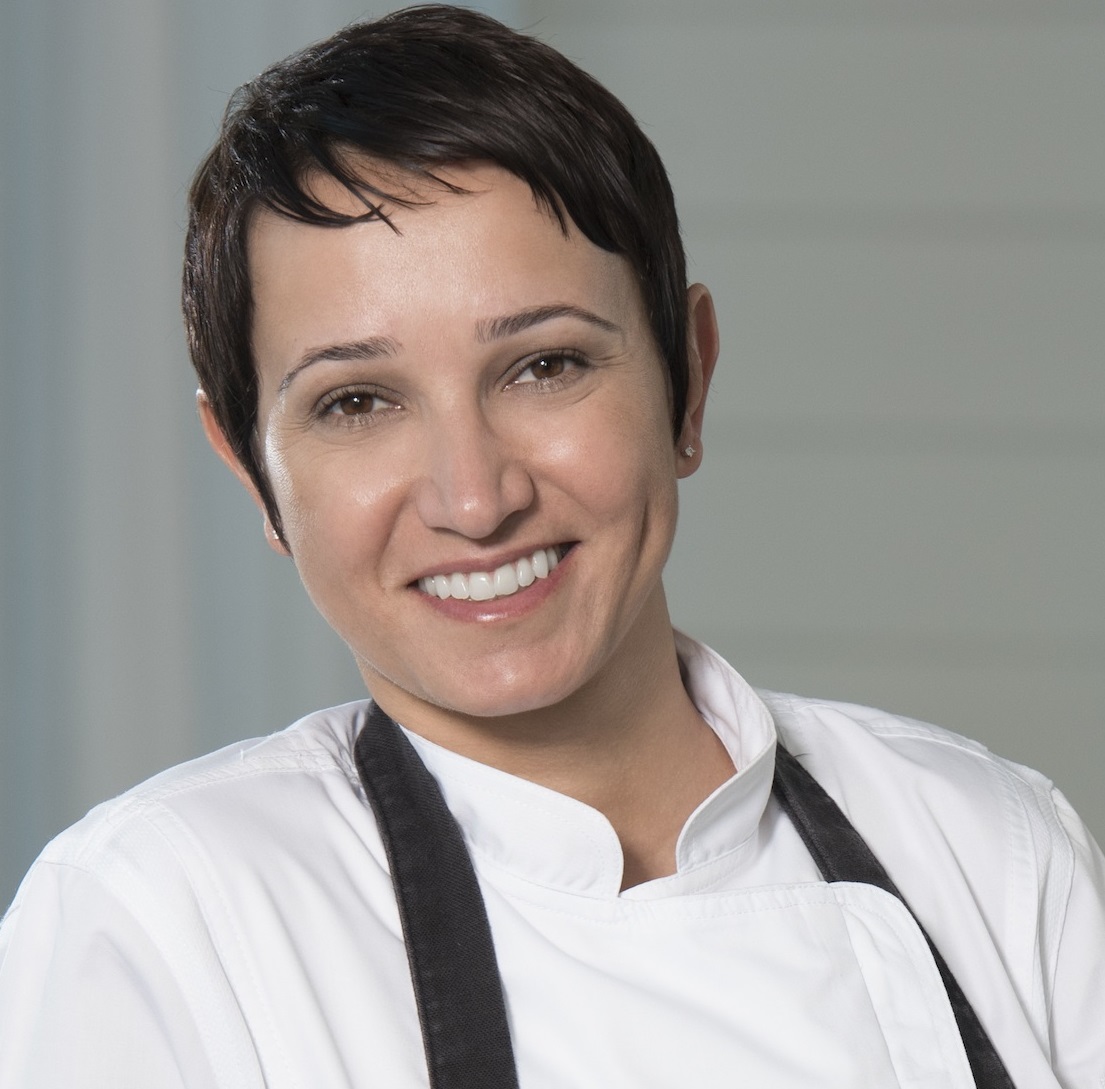
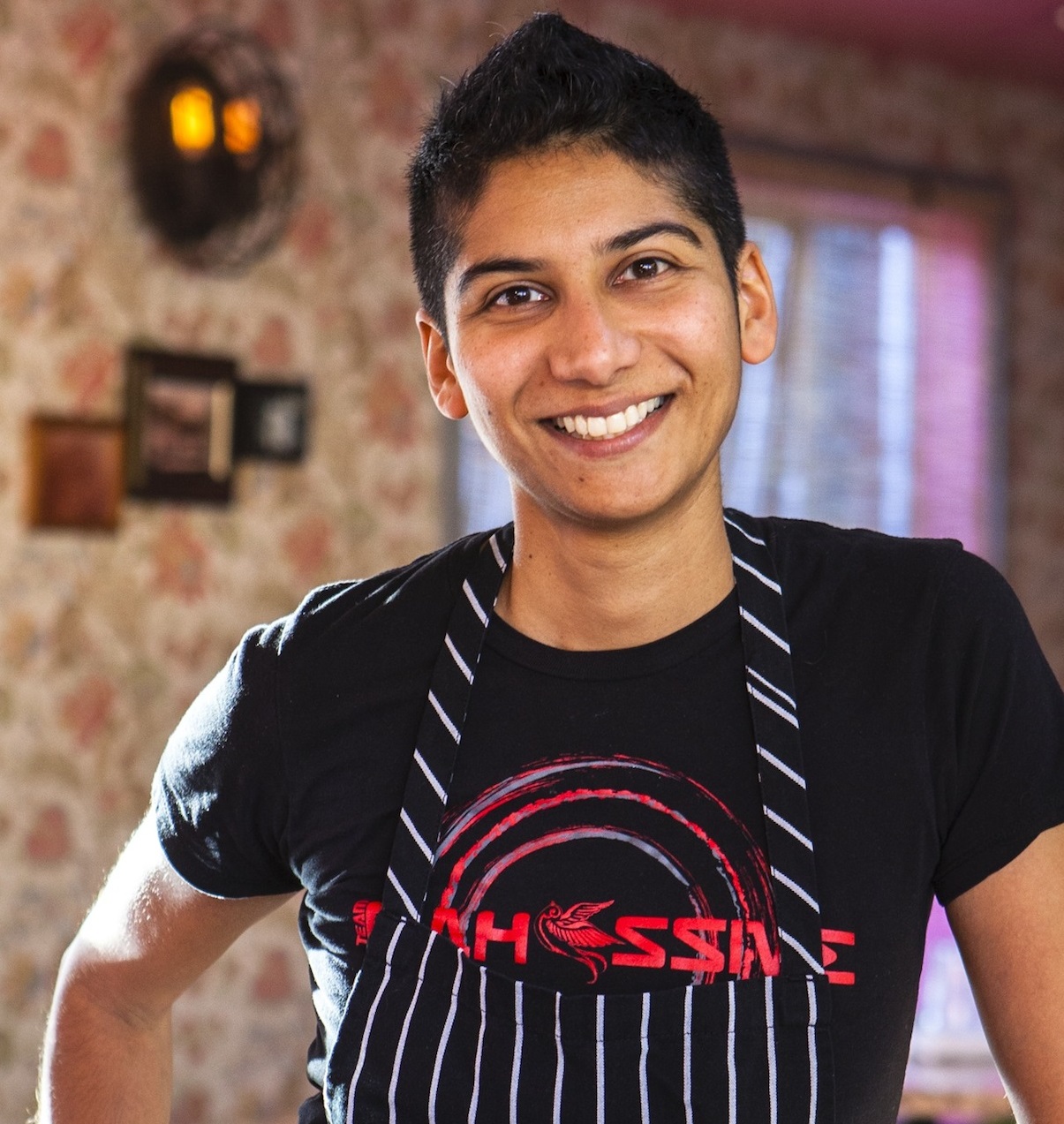
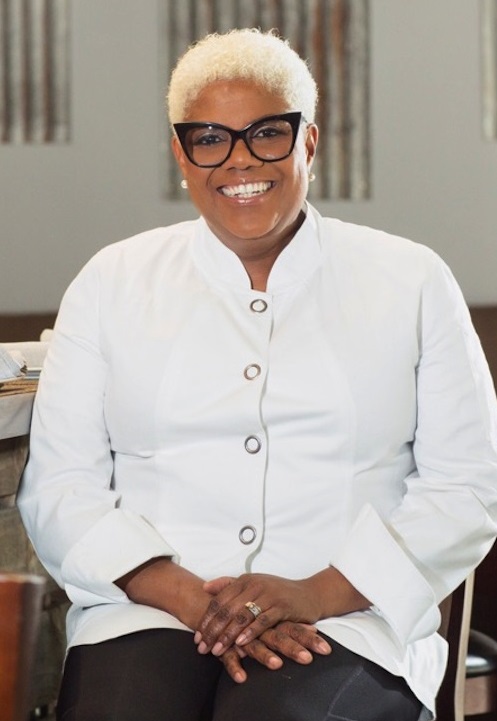
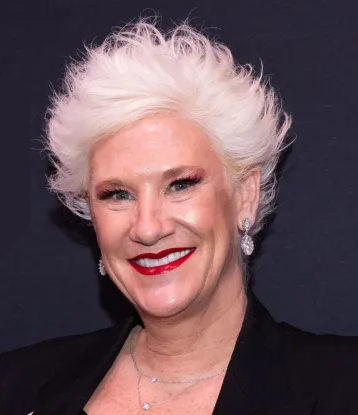
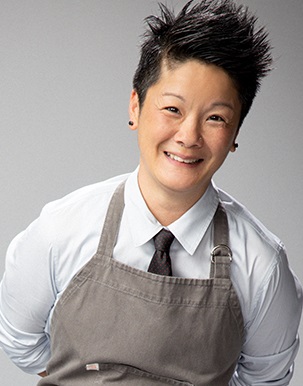
Famous LGBTQ Foodies
James
Beard - Author, Chef, TV Personality, Culinary Icon
Susan
Feniger - Chef, Owner of Border Grill
Ted Allen
- Author, TV Personality, Host of Chopped
J Chong -
Chef, Asheville, NC
Kristen
Kish - Author, Chef at Menton Boston
Cat Cora - Author, Restauranteur, TV Personality
Jennifer
E. Crawford - Master Chef Canada Winner
Iliana
Regan - Chef, Owner of Elizabeth
Alex
Ketchum - Co-founder, Queer Food Conference
Antoni
Porowski - Food and Wine Expert on Queer Eye
Jenny
Nguyen - Chef, Owner of The Sports Bra, Portland, Oregon
Martha
Manner and Shelley Brothers - Owners of Wildrose
DeVonn Francis - Chef, Owner of Yardy
Adam
Jacoby and Kris Swift - Owners of Jacoby's
Angela Dimayuga - Food and Culture Creative Director,
Culinary Curator
Deborah VanTrece - Chef, Owner of VanTrece Catering
Company
Anne
Burrell - Chef and TV Host, The Food Network
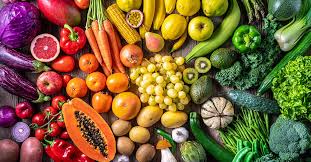
Best LGBTQ Food, Wine and Spirits Festivals From Coast
to Coast
LGBTQ Contestants Who Stole the Show in The Great
British Bake Off
LGBTQ TV Host and Chef Anne Burrell Dies at 55
Roundtable: What Is Queer Food?
Reneé Rapp Wants to Open a Queer Bar in Los Angeles
Queer Chefs are Rewriting the Recipe for
Success
We Asked LGBTQ Foodies and Chefs to
Define Queer Food
Disco Fries Are The Ultimate Queer Cuisine
Celebrate Pride Month With Rainbow Foods
LGBTQ Chefs Serving Queer Culinary
Realness and Changing the Game
Bake From
Scratch Magazine
Take a Sip of These Queer-Owned US
Breweries
Best LGBTQ Bars in New York City
Epic Journey to America's Last Lesbian Bars
Chad
Palmatier and Anthony Sobotik - Owners of Lick Honest
Ice Creams
Liz Alpern - Author, Founder of Queer Soup Night,
Co-Owner of The Gefilteris
Abraham
Salum - Chef, Owner of Salum
Preeti
Mistry - Chef at Juhu Beach Club
Vanessa
Parish - Executive director, Queer Food Foundation
Josie Smith-Malave - Chef, Owner of
Bubbles+Pearls
Paula
DaSila - Executive Chef at Artisan Beach House
Brian Hart Hoffman - Editot-in-Chief of Bake From
Scratch Magazine
Emanuel
Salinas and John Broady - Owners of Komali
Kristopher Edelen - Chef, Owner of Hot Pan NYC
Erika
Nakamura - Chef, Co-Owner of White Gold Butchers
David Lebovitz - Author, Blogger, Pastry Chef
John
Birdsall - Award-winning food and culture writer
Jason
Gehring and Ross Perkins - Executive Chef of Mason Dixon
Biscuit Company
Frances Tariga-Weshnak - Executive Chef of Eden Local
Stephen
Pyles - Chef, Owner of Flora Street Cafe
Chris
Bautista - Owner, The Beignet Truck
Dante
Sookie - Entrepreneur, Business Mentor, Fine-Dining Chef
Liz Alpern
- Founder, Queer Soup Night
Lou Weaver - Founder of T Party: BBQ and potluck social
in Texas
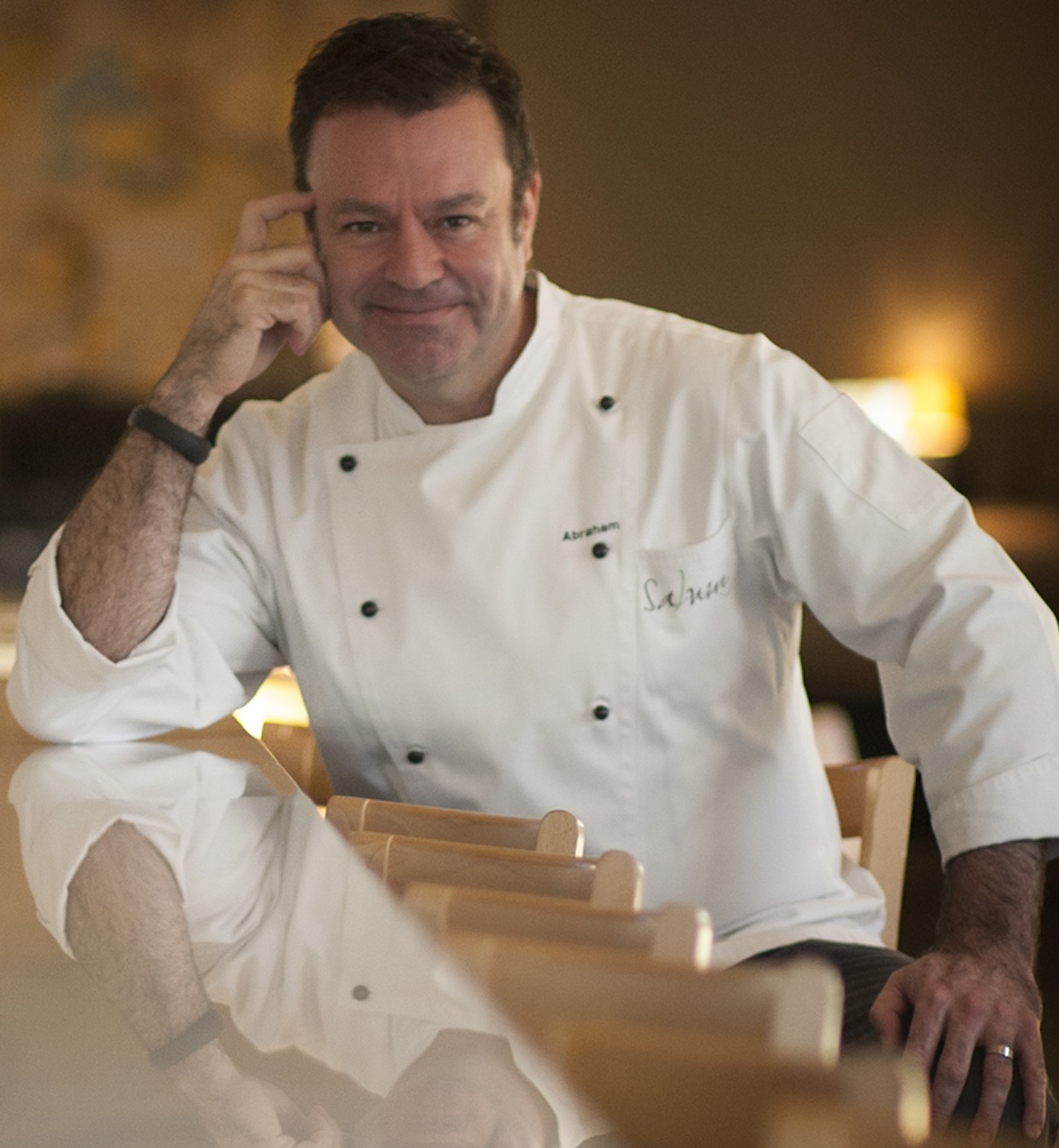
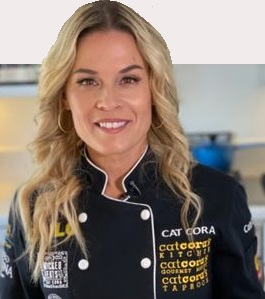
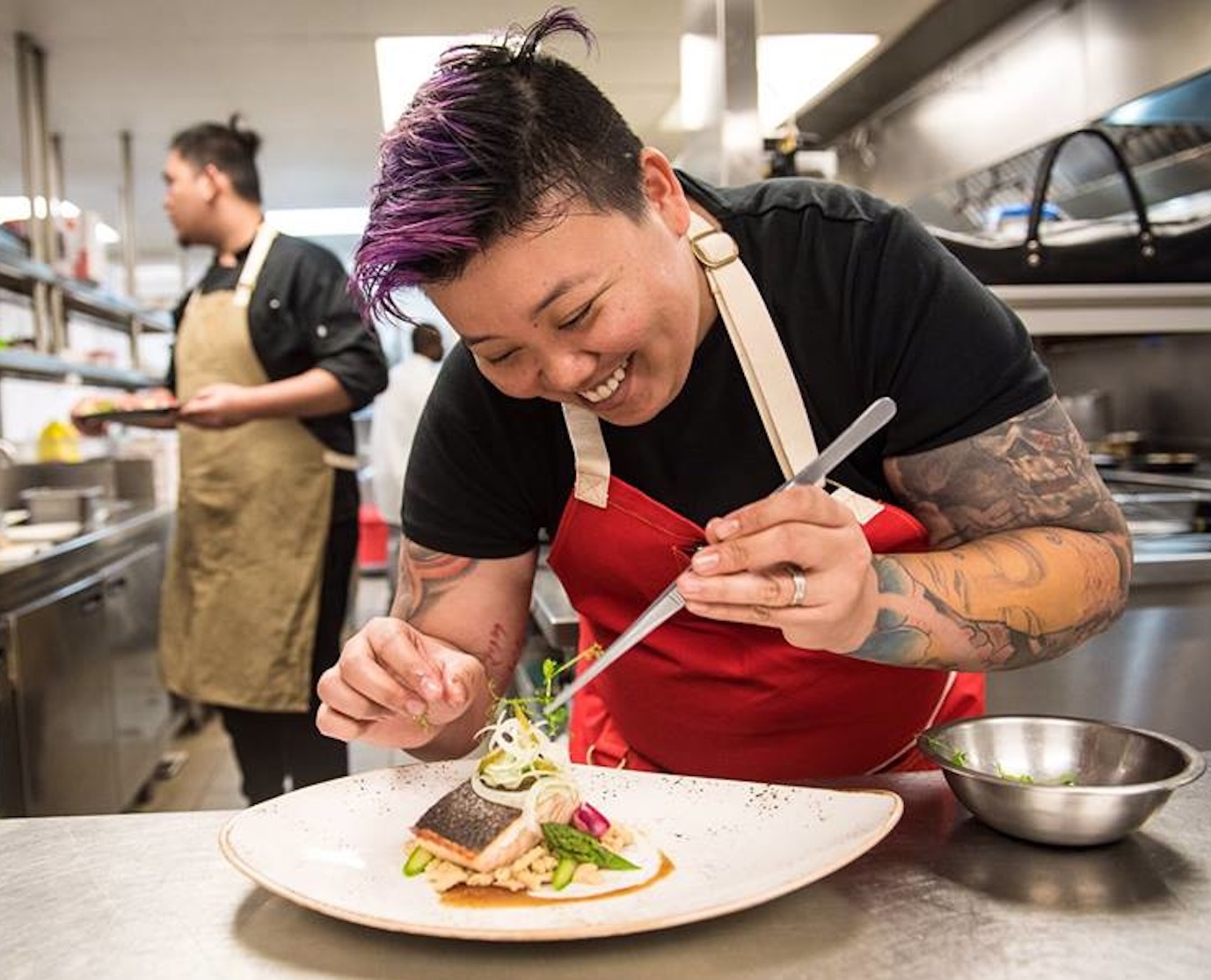
Rainbow Treats
Ultimate Rainbow Cake Recipe
Rainbow Cakes and Desserts
Rainbow Rosette Cake
Chocolate Rainbow Surprise Cake
Mesmerizing Rainbow
Recipes
Rainbow Heart Cake
Homemade Rainbow Treats
Hell’s Kitchen Chooses Chef Kyle Timpson
as Season 23 Winner
It only took 23 seasons of Hell’s
Kitchen for Gordon Ramsey to crown a gay
winner but, hey, here we are, and
another moment in gay media is added to
the history books.
Kyle Timpson, now age 30, won season 23
of the reality TV show in February 2025
after a series of grueling cook-offs.
The rising star in culinary arts walked
away with the $250,000 grand prize and a
job as head chef at the Hell’s Kitchen
in Foxwood Resort Casino in Connecticut.
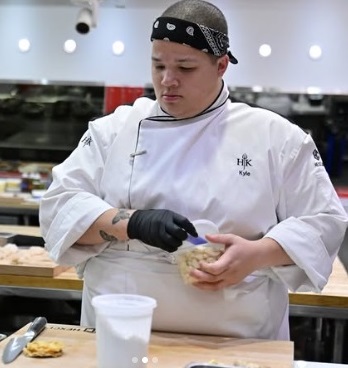
Timpson commented on his win with the
statement: “I’m speechless for the first
time in my entire life. I’m just so
proud of myself. I’ve had people in my
life tell me that this isn’t the
business for me. But, hey, I just won
Hell’s Kitchen, and happy as shit.”
Timpson hails from New Jersey. He
attended school at Middle Township High
School and Atlantic Cape Community
College.
After more than a decade on air, Hell’s
Kitchen and its host, Gordon Ramsey, are
extremely popular. Each episode draws an
average of 1.5 million viewers.
[Source: Mike DeFellipo, Instinct
Magazine, Feb 2025]
Best LGBTQ Food, Wine and Spirits
Festivals From Coast to Coast
Trashy Qweenz: Fabulous Cupcakes
Philadelphia's First Ever Queer Women's
Sports Bar Set to be a Slam Dunk
Women's Sports Bars
Expected to Quadruple Across US in 2025
Hell’s Kitchen Picks Out Chef Kyle
Timpson as Season 23 Winner
Top Chef Winner Melissa King Finds
Creative Ways to Support the Queer Community
Jennifer E Crawford: Lock Down, Rise Up, Make Food
LGBTQ Food Industry Leaders
Epic Journey to America's Last Lesbian Bars
LGBTQ Cafe in New Delhi, India
Badass LGBTQ Restaurant
Folks
Queer Chefs are Rewriting the Recipe for
Success
Favorite Female Bartender: Chanel
Chowdhury
Chanel
Chowdhury Shakes Things Up at Pearl Bar in Houston
Chanel Chowdhury never expected
bartending to become her passion. Years
ago, she was just a server at a sports
bar, not yet knowing that bartending
would soon change her life. “Eventually,
I was trained to bartend,” she says. “I
immediately fell in love with it. It
made me more social, and I loved getting
to discover all kinds of fun cocktails I
could make. I’m very passionate about
helping people find their new go-to
drink.”
But it wasn’t just the drinks. It was
the people, the connections, the way she
came out of her shell one shot at a
time. That journey led her to Pearl Bar,
one of the last remaining lesbian bars
in Texas. “Even before I worked here,
Pearl was a safe space for me,” she
says.
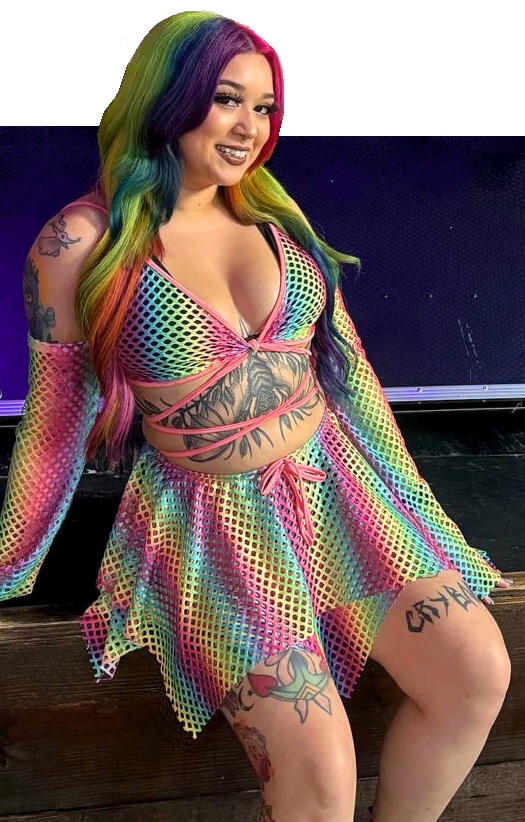
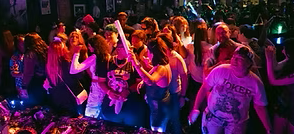
The Pearl Bar in Houston
Chanel Chowdhury Shakes Things Up at
Pearl Bar: Favorite Female Bartender
Chowdhury was recently crowned Favorite
Female Bartender in OutSmart’s 2025
Gayest & Greatest Readers’ Choice
Awards. She explains that the award
couldn’t have happened without the
support of her team at Pearl. “I’m so
grateful for this award,” she says. “And
shoutout to the best boss, Julie Mabry,
for creating such a welcoming space.
This is honestly such an amazing
validation. It really healed that inner
queer child inside of me. Young Chanel
would be so proud. I am so
unapologetically queer, and I’m so
grateful for this award!”
At Pearl, Chowdhury has become part of
the bar’s heartbeat, helping to keep its
legacy alive while pouring shots and
shaking drinks. “We deserve more lesbian
bars in the US,” she says, “but I’m so
grateful Pearl is surviving and
thriving.”
Chowdhury’s passion for community is
just as strong as her love for mixology.
On Wednesday nights, the bar comes alive
with drag-king shows, a personal
favorite of hers. The themes change
weekly—from nostalgic ’90s nights to
spooky horror themes—and Chowdhury
curates themed drink menus to match.
“It’s such a blast,” she says. “We put
on a hell of a show every Wednesday!”
Then on Thursdays? A whole different
kind of magic. “Julie, our amazing
owner, makes a hell of a steak for Steak
Night,” Chowdhury says. “And then
there’s free drag bingo and, yes, dildo
races. It’s wild. You’ve gotta come see
it for yourself!”
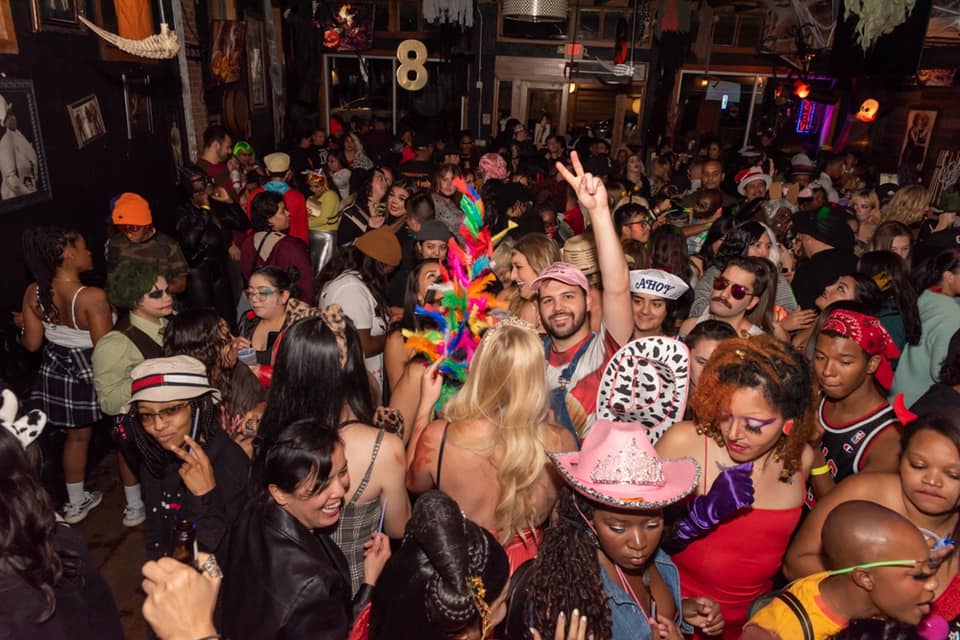
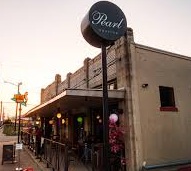
But it’s not all laughs, games, and
cocktails. For Chowdhury, bartending is
also about connection. One night, she
met a fellow “desi” (South Asian)
lesbian at the bar. “We started chatting
about life and what it was like growing
up lesbian and Muslim,” she says. “I
told her it had been years since I’d had
a homemade Bengali or Indian meal.” A
few weeks later, that same woman brought
her a plate of home-cooked food. “It was
such a sweet moment, and it was
delicious,” Chowdhury says.
Outside the bar, Chowdhury is just as
vibrant. Her house regularly hosts
intense board game nights with friends
who take competition as seriously as she
does. “We can go for hours,” she says.
She also loves reading, true-crime
shows, anything a little spooky, and
camping. “I keep a tent in my trunk at
all times, just in case!” she says.
Clearly the kind of person who is always
ready for adventure.
Chowdhury’s love for her community
doesn’t stop at the bar. She actively
supports organizations like The Trevor
Project, Tony’s Place, The Montrose
Center, and DeQH (Desi Queer Helpline).
As for the future? Chowdhury says she
will continue being unapologetically
herself and helping keep the spirit of
Pearl alive. “Long live Pearl Bar,” she
concludes. “And here’s to hoping for
more lesbian bars to open across Texas
and the US. If you haven’t been to Pearl
yet, come by. We’ll make you feel right
at home.”
[Source: Connor Behrens, OutSmart
Magazine, Oct 2025]
LGBTQ Contestants Who Stole the Show in The Great
British Bake Off
Chicago Could Become First Airport in the US to Have a
Gay Bar
LGBTQ TV Host and Chef Anne Burrell Dies at 55
Sip, Savor, and Celebrate: Bourbon & Belonging Takes
Over Louisville
Best Gay Bars in NYC
History Behind the R&R, Colorado's Longest Running Gay
Bar
Beer Companies That Actually Do Support
The LGBTQ Community
Historic Greenwich Village Gay Bar Declared City
Landmark
GBBO’s David Atherton & Michael Chakraverty on Their New
Podcast
Big Brunch Chef J Chong Talks with Dan Levy About
Diversity and Food
LGBTQ Chefs Serving Queer Culinary
Realness and Changing the Game
Dani’s Queer Bar Opens in Boston:
Beantown Gets its First Lesbian Bar in
Decades
New venue branded itself a space
for Sapphic, trans and non-binary
community members
Dani’s Queer Bar opened its doors to
Boston’s LGBTQ community in Sept 2024,
giving the city its first lesbian bar in
decades. The venue joins a yearslong
“lesbian bar renaissance” that has seen
more than a dozen bars for queer women
open across the country since the height
of the Covid pandemic.
Dani’s, which has branded itself as a
“space for Sapphic, trans and non-binary
community members,” was more than two
years in the making. Prior to opening
the bar, founder Thais Rocha hosted
parties for queer women throughout the
city, and then in March 2022, she
announced a fundraising campaign to open
a brick-and-mortar venue.
“It’s all about creating the space that
you don’t see out there for yourself and
for other people. And that’s what we’re
trying to do a little by little,” Rocha
said back in 2022. “I want everybody to
see that it is possible, and it doesn’t
have to be something so scarce and hard
to attain.”
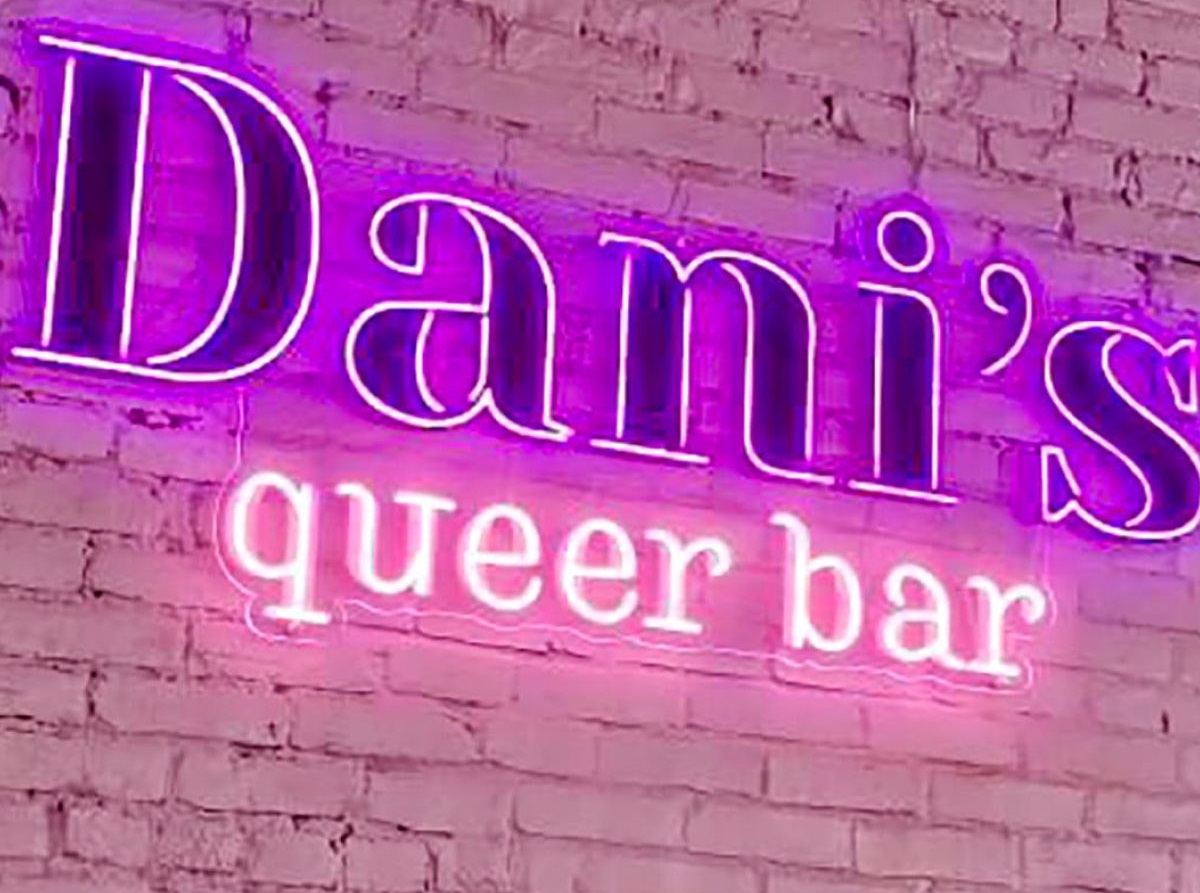
In May of last year, Rocha was one of 24
small-business owners awarded a SPACE
grant by Mayor Michelle Wu’s Office of
Economic Opportunity and Inclusion,
which helped bring the bar to fruition.
After delays caused by permitting
issues, Dani’s Queer Bar — reportedly
named after Rocha’s American Eskimo pup
— finally opened Sept 2024.
Stevie Dickie attended the grand opening
with her girlfriend, Jace Williams.
Dickie said she was thrilled to finally
have a space in Boston that caters
specifically to queer women and trans
and nonbinary people.
“I felt so good to be surrounded by
people like me. It was so invigorating.
My heart was so full,” Dickie said. “Any
space we have for community is
important, especially since we have so
many really male-centric spaces. As long
as I’ve lived here, there really was no
place for us to go and meet people and
be with our specific community. People
were really missing that. There was kind
of like a hole, so I think Dani’s is
really filling a need here in our city.”
Several lesbians living in Boston and
multiple local news reports said that
before Dani’s, there hadn’t been a
dedicated lesbian bar in the city for at
least two decades.
In the spring of 2020, around the
beginning of the Covid-19 pandemic, an
analysis found there were only about 16
lesbian bars left in the US, down from a
high of around 200 in the 1980s, and
several of these remaining venues were
in danger of closing because of the
pandemic.
Erica Rose, co-founder of The Lesbian
Bar Project, which has documented and
fundraised for the United States’
remaining lesbian bars, said there are a
few factors behind this decadeslong
trend, including gentrification,
misogyny in small-business loans and the
gender pay gap.
While the number of lesbian or lesbian-ish
bars is nowhere near its ’80s peak, an
analysis last year found there has been
somewhat of a resurgence, with more than
a dozen new Sapphic spaces opening up
since 2020.
[Source: Ellie Rudy, NBC News, Oct 2024]
Dani’s Queer Bar Opens in Boston:
Beantown Gets its First Lesbian Bar in
Decades
Philadelphia's First Ever Queer Women's
Sports Bar Set to be a Slam Dunk
Hell’s Kitchen Picks Out Chef Kyle
Timpson as Season 23 Winner
Women’s Sports Bars Are on a Winning Streak
Reneé Rapp Wants to Open a Queer Bar in Los Angeles
Sip, Savor, and Celebrate: Bourbon & Belonging Takes
Over Louisville
Queer Chefs are Rewriting the Recipe for
Success
Best Gay Bars in NYC
History Behind the R&R, Colorado's Longest Running Gay
Bar
LGBTQ Contestants Who Stole the Show in The Great
British Bake Off
Disco Fries Are The Ultimate Queer Cuisine
Badass LGBTQ Restaurant
Folks
Queer Chefs are Rewriting the Recipe for
Success
Beer Companies That Actually Do Support
The LGBTQ Community
Historic Greenwich Village Gay Bar Declared City
Landmark
GBBO’s David Atherton & Michael Chakraverty on Their New
Podcast
Big Brunch Chef J Chong Talks with Dan Levy About
Diversity and Food
LGBTQ Chefs Serving Queer Culinary
Realness and Changing the Game
Trashy Qweenz
First Women's Sports Bar
Giving folks a place to celebrate
women’s sports together with food and
drink
Jenny Nguyen is a chef and the owner of
The Sports Bra in Portland, Oregon. She
has succeeded in creating the world's
first women's sports bar. Nguyen
says, "Our mission is simple." And
she is more than willing to spell it out
for those who are curious:
Investment and representation for
women’s sports has been severely lacking
for decades. The Sports Bra seeks to
tackle both issues through a familiar,
yet groundbreaking venture—the
traditional sports bar.
We believe that inequities in sports is
a huge problem, the effects of which
ripple out and negatively impact our
communities. As with any large problem,
the solutions seem complicated and
seemingly infinite.

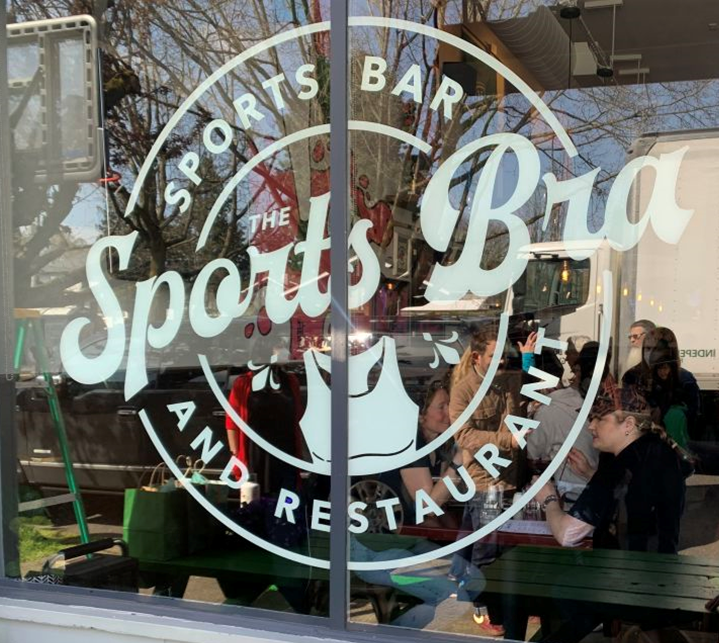
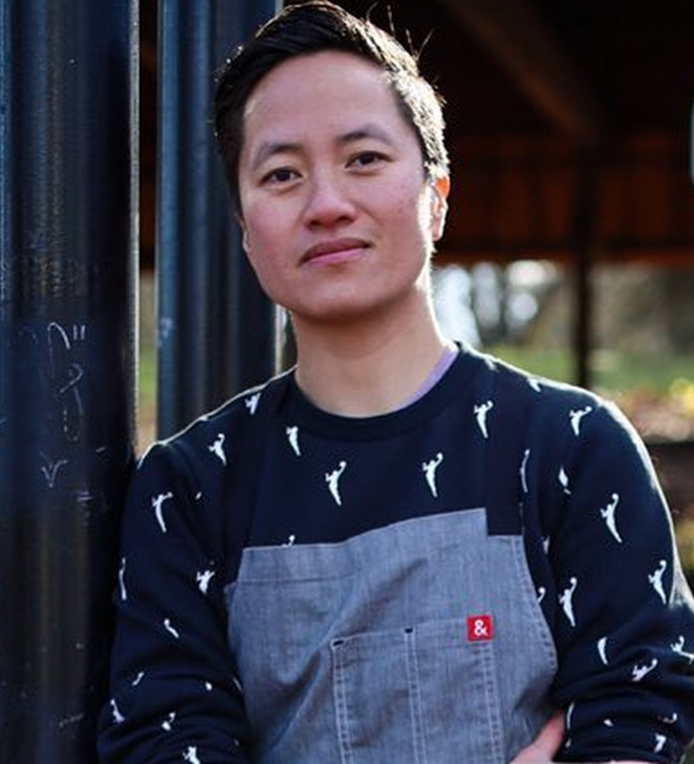
The idea behind The
Sports Bra is that the smallest,
simplest changes can have the most
dramatic impact. That’s how we came up
with the name, we just took your regular
sports bar, switched around the two
letters and got The Sports Bra!
We will change the channel. Our goal is
to play as much women’s sports as there
is to offer and when there are no games
to air, we will try to fill that space
with women’s sports content like
podcasts, interviews, documentaries and
more.
Our mission is to support, empower and
promote women and girls in the community
through sports. By giving folks a place
to celebrate women’s sports together
with food and drink, we want to build a
movement, a culture around women’s
sports spectatorship and fandom that
hasn’t been done before.
The Sports Bra is not a sports bar for
women, but a bar for women’s sports!
The Sports Bra
Women’s Sports Bars Are on a Winning
Streak
Portland Gets LGBTQ-Owned Women’s Sports
Bar
Women's Sports Bars
Expected to Quadruple Across US in 2025
Philadelphia's First Ever Queer Women's
Sports Bar Set to be a Slam Dunk
Bar for Women’s Sports Brought in $1
Million in 8 Months
Sports Bra: First-of-a-Kind Bar Features
Only Women's Sports
Portland’s Sports Bra Invents the
Women’s Sports Bar
At the Sports Bra in Portland, Women
Athletes and Fans Take Center Stage
Watching Women’s Sports Is Hard: The
Sports Bra Makes It Easier
Epic Journey to America's Last Lesbian
Bars
Best Gay Bars in NYC
History Behind the R&R, Colorado's
Longest Running Gay Bar
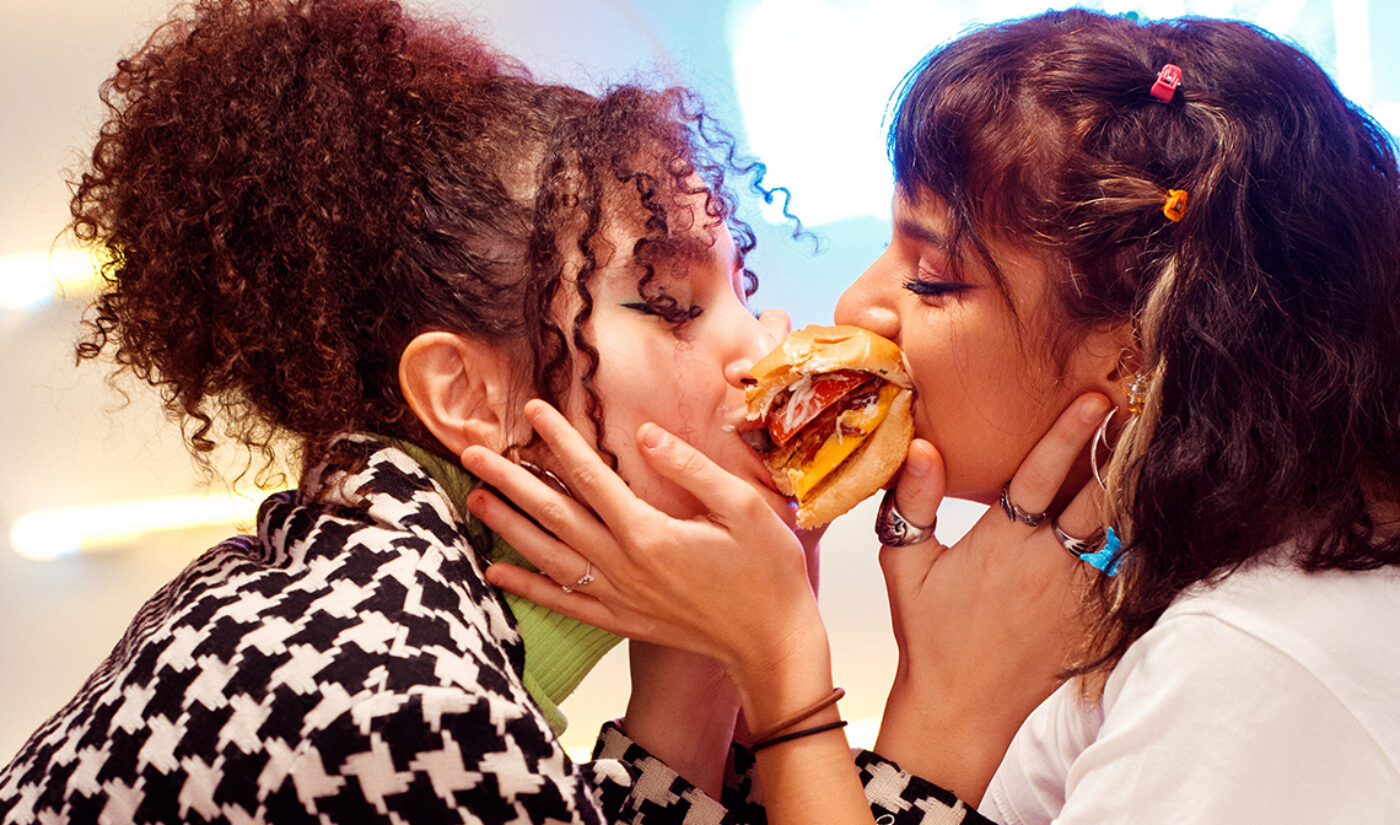
Defining Queer Food
What is queer food? We asked LGBTQ
foodies and chefs to define it...
It’s unlikely that two LGBTQ people will
give you the same definition of “queer
food.”
The term "queer food" can have many
different meanings depending on who's
cooking, eating, or serving it. Some say
it's food made by queer people, while
others say it's about sharing food in
queer communities. Some believe it
should also include serving marginalized
people who have been excluded from fine
dining spaces. Others say it's about
challenging the structures of "normalcy"
that have come to define cuisine and the
food system by offering queer people a
seat at the table.
The term has become increasingly popular
with the rise of queer restaurants,
including The Ruby Fruit, a restaurant
and wine bar for the “sapphically
inclined” in Los Angeles, and HAGS, a
fine dining restaurant “by queer people
for all people” in New York City.
Specific foods and drinks have also been
claimed by or marketed to the LGBTQ
community, such as vodka sodas and
sourdough bread.
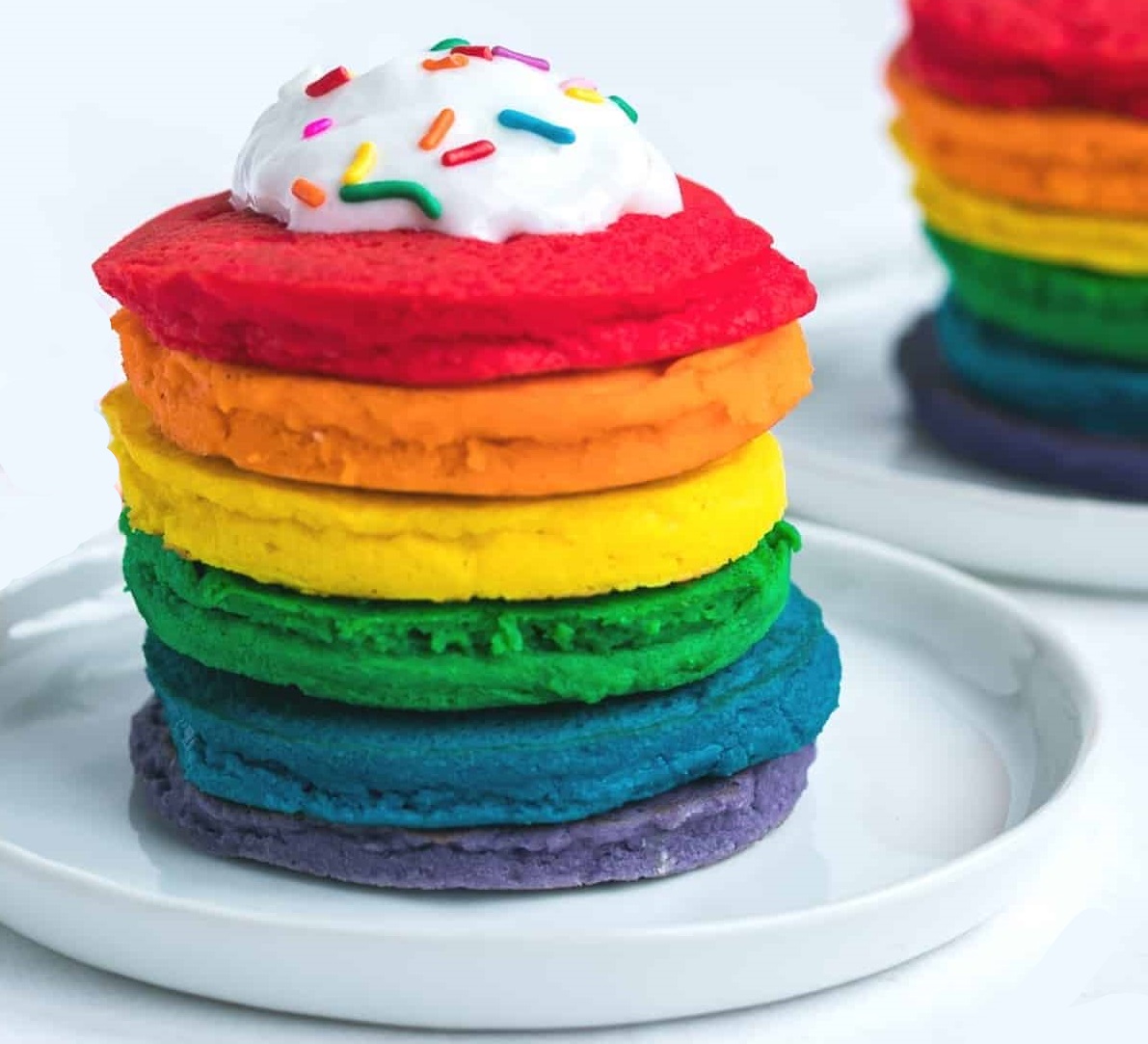
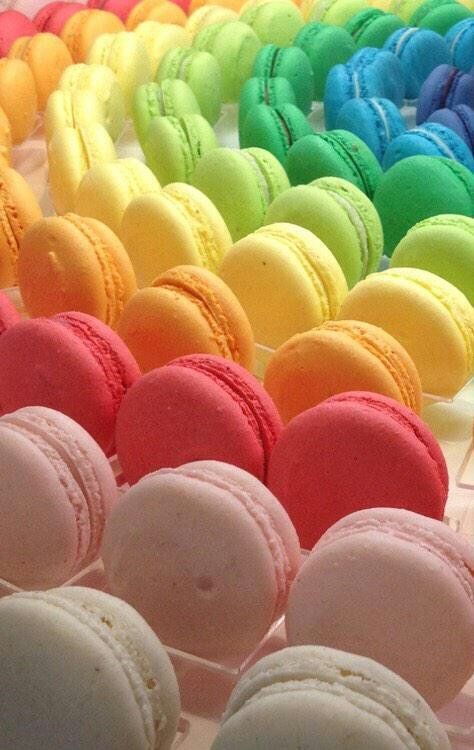
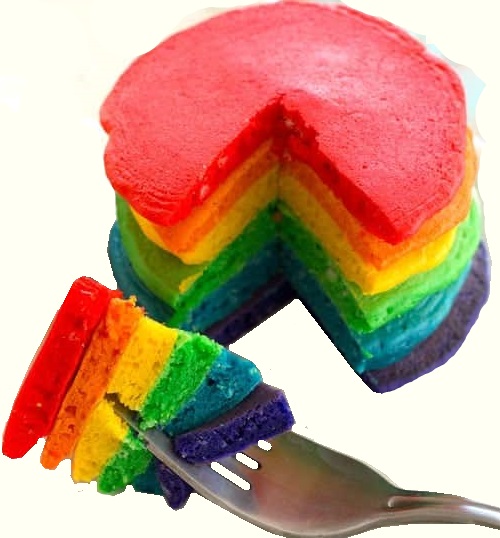
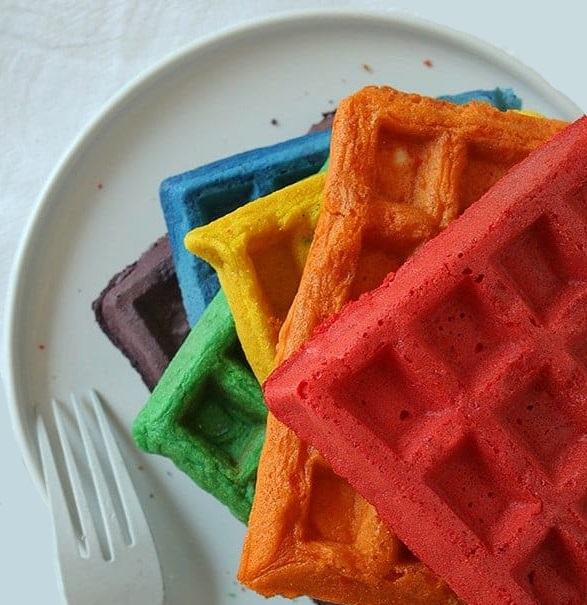
Best LGBTQ Food, Wine and Spirits
Festivals From Coast to Coast
LGBTQ Contestants Who Stole the Show in
The Great British Bake Off
Chicago Could Become First Airport in
the US to Have a Gay Bar
LGBTQ TV Host and Chef Anne Burrell Dies
at 55
Top Chef Winner Melissa King Finds
Creative Ways to Support the Queer Community
Jennifer E Crawford: Lock Down, Rise Up, Make Food
LGBTQ Food Industry Leaders
Epic Journey to America's Last Lesbian Bars
LGBTQ Cafe in New Delhi, India
We Asked LGBTQ Foodies and Chefs to
Define Queer Food
New Cookbook From Queer Eye Chef Antoni Porowski
The Last of the Lesbian Bars
Culinary Icon James Beard:
Gay Male Julia Child
Chef Silver Iocovozzi Believes Trans
Cooks Are Just Better
Visit
the Cafe
For some, queer food is simply food made
by queer people. Others say it’s about
sharing food in queer community, while
there are those who believe it should
include serving marginalized people who
have been excluded from fine dining
spaces.
So what is queer food, aside from a term
slowly gaining traction in certain
corners of the LGBTQ community? We posed
this question to a variety of LGBTQ
academics, chefs and foodies across the
country. Though the definition of the
term can vary widely, they all agreed
that queer food in any form requires one
nonnegotiable ingredient: community.
“We like to say queer food is us
existing in spaces. If you’re queer,
your food is queer; that’s pretty much
it. It’s not a rainbow cupcake or bagel
type of situation. That’s fun, but
that’s not what queer food is. A rainbow
cake isn’t inherently more queer than a
regular cake created by a queer person.
If the person that curated it, their
hands and their energy and their
community building, is queer, then it’s
queer food."
-Vanessa Parish, Executive director,
Queer Food Foundation
"Queer food is all about the company.
Being in community with people who
accept you for who you are. Like being
vulnerable and at peace while breaking
bread together.”
-Lou Weaver, Founder of T Party: BBQ and
potluck social in Texas
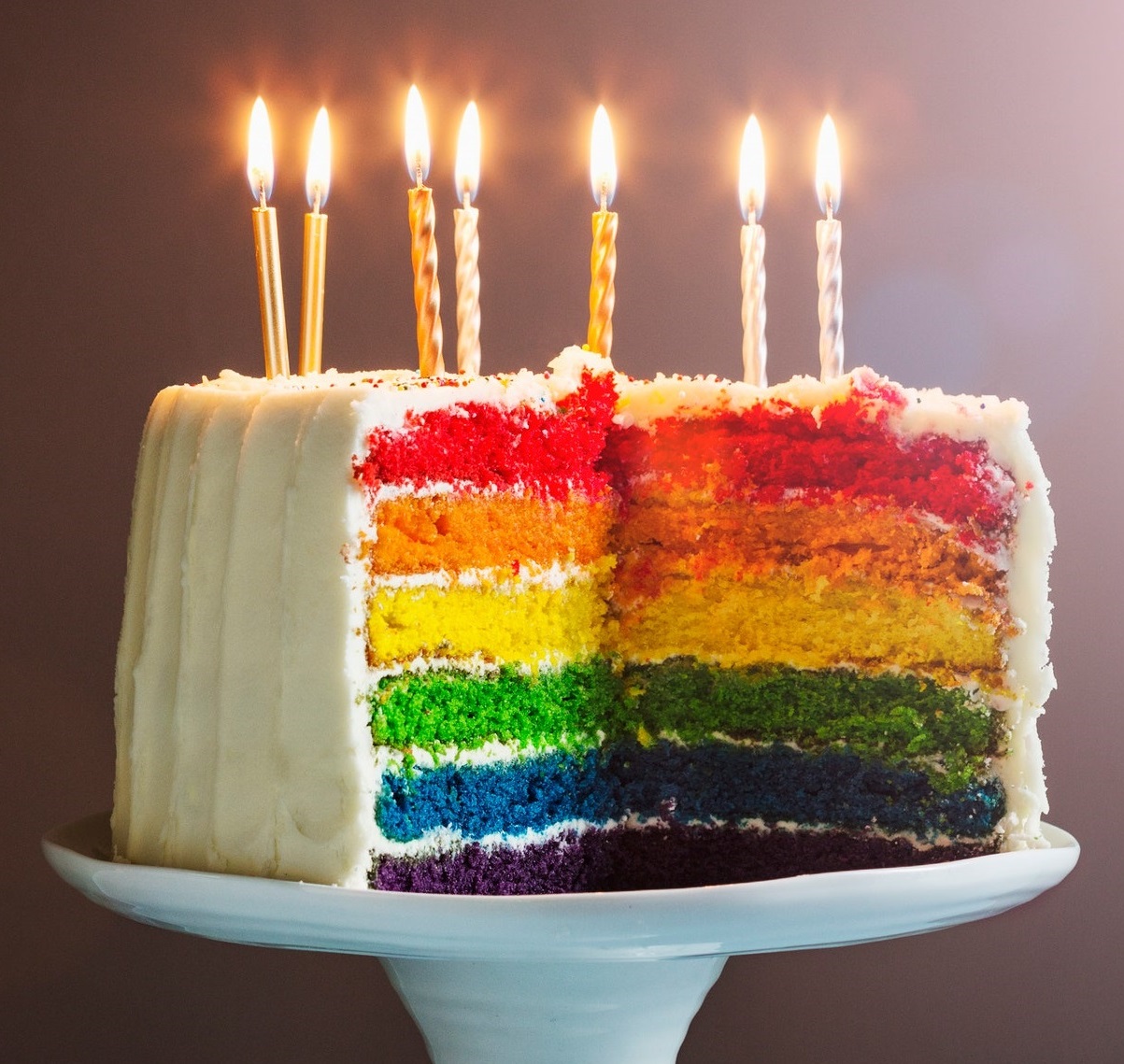
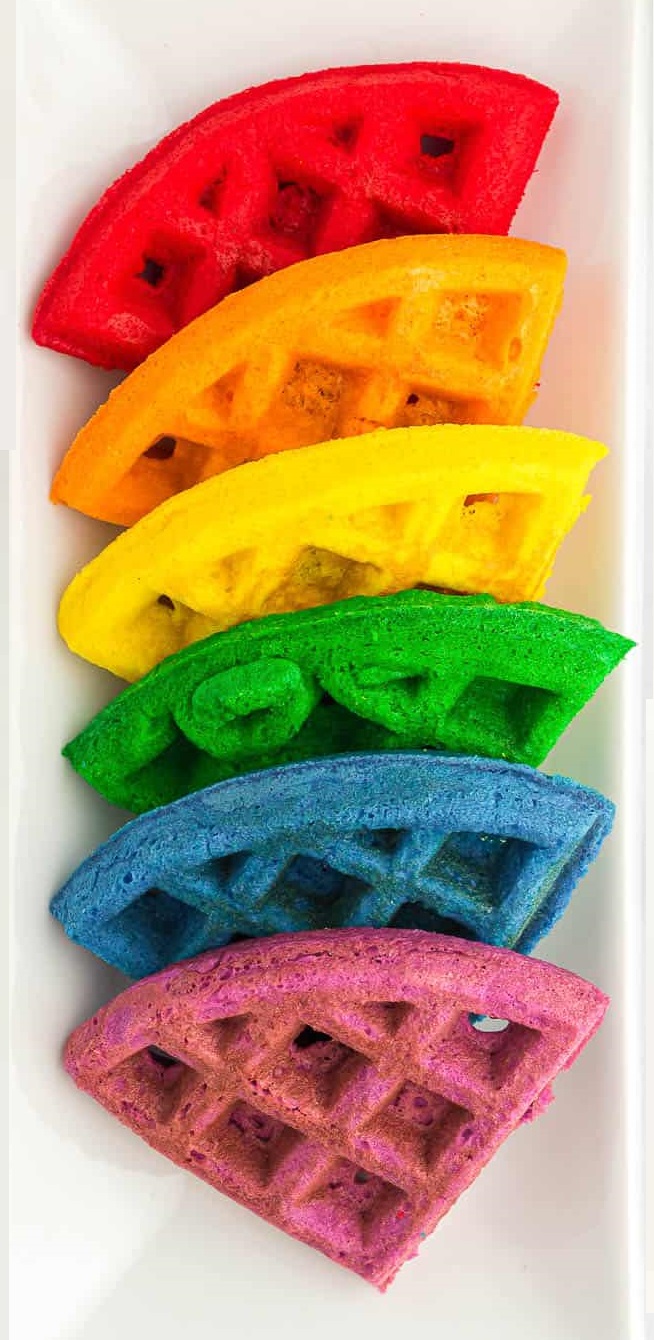
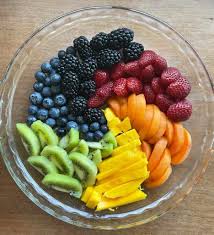

Roundtable: What Is Queer Food?
New Cookbook From Queer Eye Chef Antoni Porowski
Queer Chefs are Rewriting the Recipe for
Success
Schitt's Creek: The Wine
and Not the Label
Cute Rainbow Recipes for LGBTQ Pride Month
How Many Lesbian Bars Left in the US?
LGBTQ Food Industry Leaders
Celebrate Pride Month With Rainbow Foods
Trashy Qweenz: Fabulous Cupcakes
“For me, queer food isn’t necessarily
focused on dishes or recipes. It’s
focused on those voices and those
individuals who transformed cookbooks,
for instance, transformed restaurant
spaces, transformed how queer people
could be visible in public spaces. James
Baldwin, a gay civil rights activist and
one of the most influential writers of
the 20th century, wrote that shared
hospitality is a queer virtue. His
distinctly queer philosophy of complete
acceptance around a table marked a
really significant evolution in American
food. Baldwin had this sense of the
specific food not mattering — it’s how
you come to the table, who’s invited to
the table, who’s considered family
around the table."
-John Birdsall, Award-winning food and
culture writer
“In my heart, for me, queer food is food
eaten and enjoyed and produced in queer
community. Everything about queerness to
me is about community. It’s about
identity within community. When I think
about being queer, I think about being
queer with others. So if I think about
queer food, it’s about eating with
others.”
-Liz Alpern, Founder, Queer Soup Night
[Source: Jo Yurcaba, NBC News, July
2024]
Best LGBTQ Food, Wine and Spirits
Festivals From Coast to Coast
Sip, Savor, and Celebrate: Bourbon &
Belonging Takes Over Louisville
Women’s Sports Bars Are on a Winning
Streak
There are 30 Lesbian Bars Left in the US
Today
Reneé Rapp Wants to Open a Queer Bar in
Los Angeles
Badass LGBTQ Restaurant
Folks
What is Queer Food? We Asked LGBTQ Foodies and Chefs to
Define it
Gay Family Refused Service in a Cafe
Women's Sports Bars Expected to Quadruple
Across US in 2025
Oldest and Most Iconic Gay Bars in the US
Gay Scandinavian Cafe in Puerto Vallarta
Lesbian Waitress Hassled by Customers
Gay Food: It's Here and It's Queer
Queerest Restaurants on
the Bay
Eat the Rainbow: Healthy Eating Habits for Kids
Culinary Icon: James Beard
James Andrews Beard (1903-1985) was a
gay American chef, cookbook author,
teacher and television personality. As a
culinary icon, he pioneered television
cooking shows, taught at The James Beard
Cooking School in New York City and
Seaside, Oregon, and lectured widely. He
emphasized American cooking, prepared
with fresh, wholesome, American
ingredients, to a country just becoming
aware of its own culinary heritage.
Beard taught and mentored generations of
professional chefs and food enthusiasts.
He published more than 20 books, and his
memory is honored by his foundation's
annual James Beard awards.
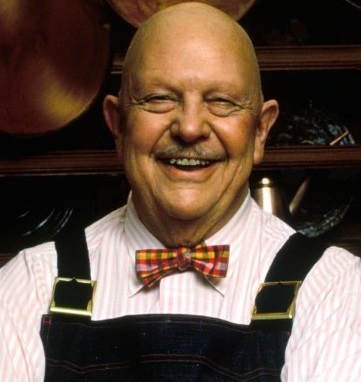

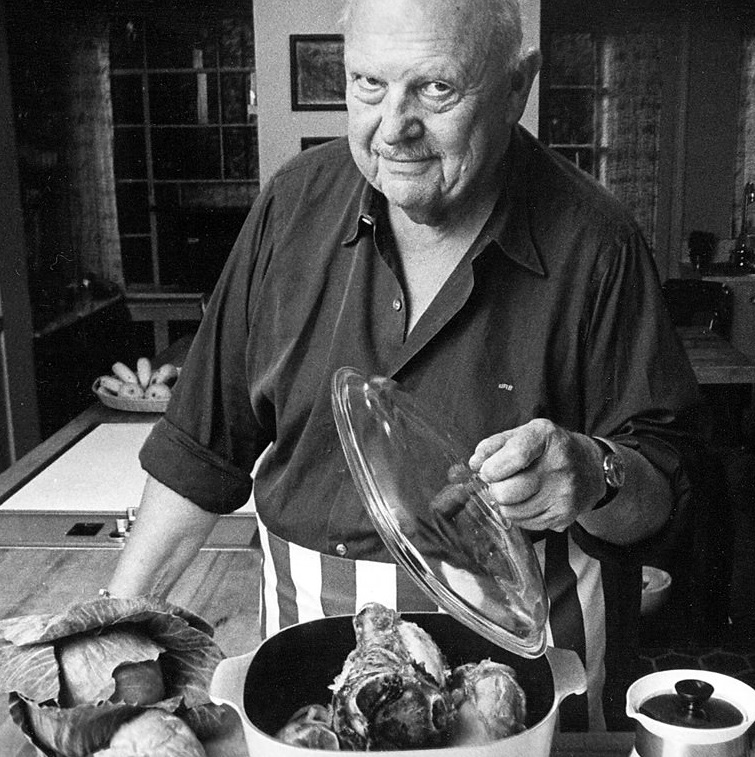
LGBTQ Nation: Culinary Icon James Beard
was the Gay Male Julia Child
Biographical Notes: James Beard
James Beard Foundation and Awards
PBS American Masters: James Beard
America's First Foodie
He was born
in Portland, Oregon to Elizabeth and
John Beard. The family vacationed on the
Pacific coast in Gearhart, Oregon, where
Beard was exposed to Pacific Northwest
cuisine. According to Beard he was
raised by Jue-Let, the family's Chinese
cook, who instilled in him a passion for
Chinese culture. Beard reportedly
attributes much of his upbringing to Jue-Let,
whom he refers to as his Chinese
godfather. Beard briefly attended Reed
College in Portland, Oregon. He was
expelled for homosexuality in 1922,
having had relationships with one or
more male students and a professor.
However the college granted Beard an
honorary degree in 1976. He traveled
from Portland to Liverpool aboard a
British freighter, spending subsequent
years living and traveling in Europe. In
1923, he joined a theatrical troupe and
studied voice and theater. He also spent
time in Paris, where he experienced
French cuisine at its bistros and
central market, Les Halles. In France,
he also had the opportunity to enjoy
sexual freedom, having a short
relationship with a young man. From this
period and the widespread influence of
French food culture, he became a
Francophile.
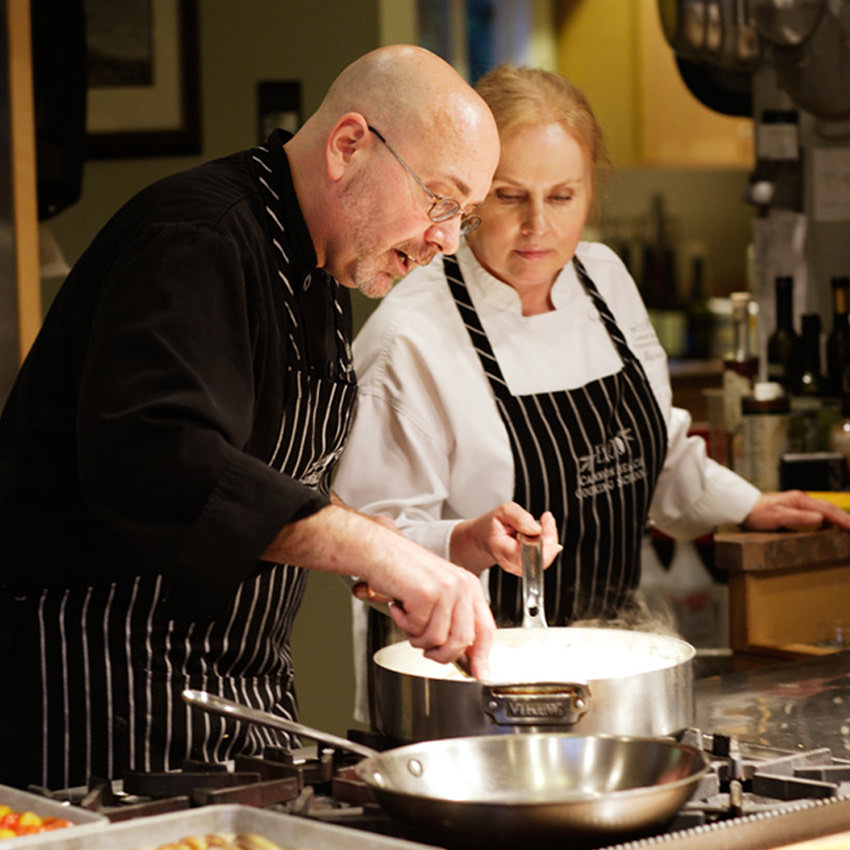
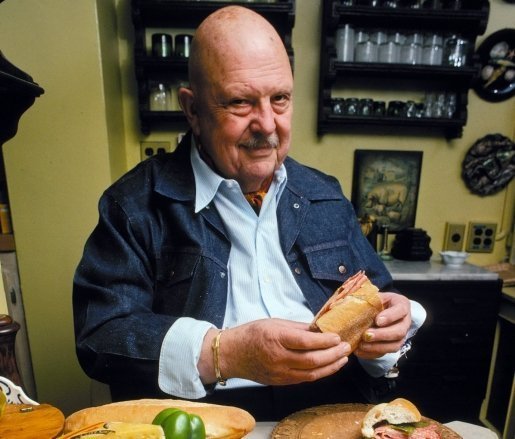
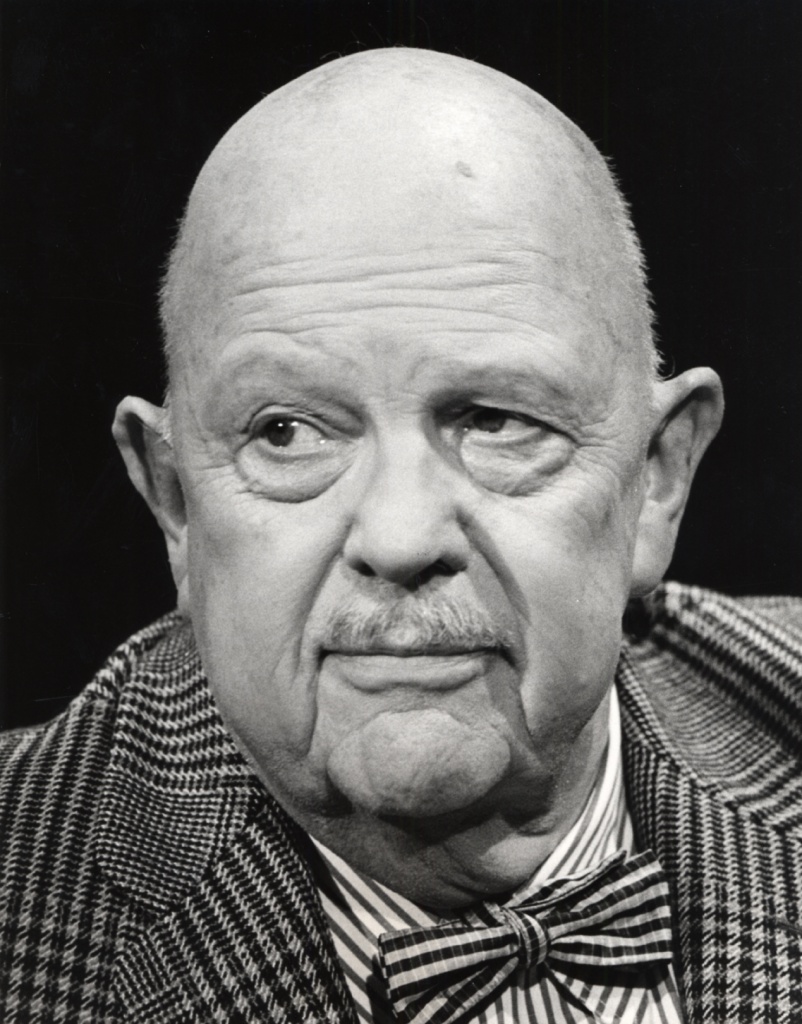
Julia Child summed up
Beard's personal life: Beard was the
quintessential American cook.
Well-educated and well-traveled during
his eighty-two years, he was familiar
with many cuisines but he remained
fundamentally American. He was a big
man, over six feet tall, with a big
belly, and huge hands. An endearing and
always lively teacher, he loved people,
loved his work, loved gossip, loved to
eat, loved a good time. According to
Beard's memoir, "By the time I was
seven, I knew that I was gay. I think
it's time to talk about that now." Beard
came out in 1981, in Delights and
Prejudices, a revised version of his
memoir. Of Beard’s most significant
romantic attachments was his lifetime
companion of 30 years, Gino Cofacci, and
Beard’s former cooking school assistant
Carl Jerome.
Schitt's Creek: The Wine
and Not the Label
LGBTQ Contestants Who Stole the Show in The Great
British Bake Off
Bakery Almost Went Out of Business for Supporting LGBTQ
Rights, But Locals Stepped Up
Queer Chefs are Rewriting the Recipe for
Success
Beer Companies That Actually Do Support
The LGBTQ Community
Historic Greenwich Village Gay Bar Declared City
Landmark
GBBO’s David Atherton & Michael Chakraverty on Their New
Podcast
The Big Brunch Chef J Chong Talks with Dan Levy About
Diversity and Great Food
LGBTQ Chefs Serving Queer Culinary
Realness and Changing the Game
Home for the Holidays: San Francisco Drag
Legend Juanita More
New Cookbook From Queer Eye Chef Antoni Porowski
Queer
Wine, Beer, and Spirits
Taste the
Rainbow: The Queer-Focused Booze Market. Minerva
brewery, Absolute Vodka, Biagio Cru and Estate Wines,
makers of Égalité, and Kim Crawford winery are some of
the wine and spirits companies actively pursuing LGBTQ
drinkers.
The idea
that a beer could be "gay" underscored the bizarreness
of gendered alcohol advertising. But we've actually had
"queer beer" in real life since 2011, when Mexico's
Minerva brewery launched their labels Salamandra and
Purple Hand, a reference to a galvanizing gay rights
protest that took place in San Francisco in 1969.

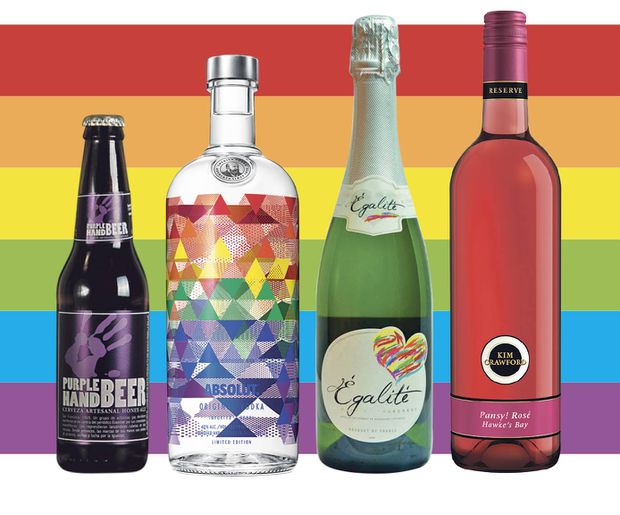
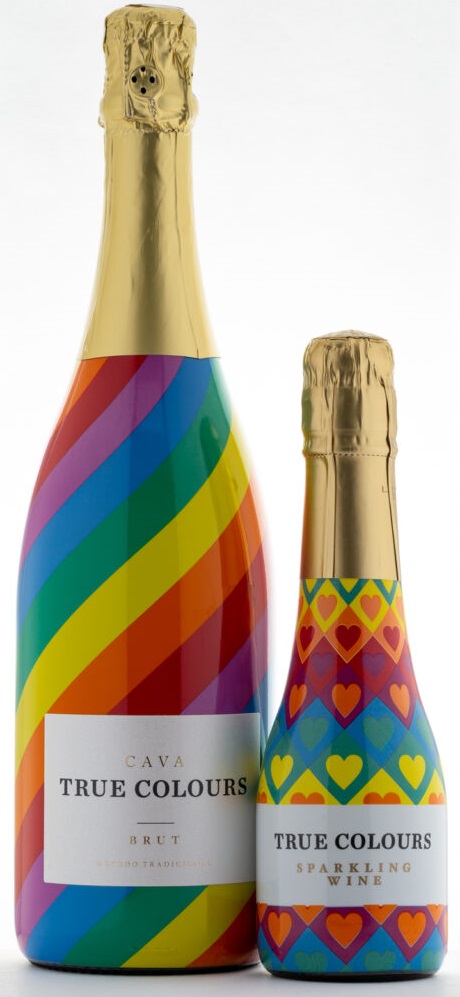
Equality Vines Uncorks Wines with LGBTQ
Purpose
Oregon’s Queer Wine Fest is Turning the
Vineyard Rainbow
Best of Gay Washington DC
Barefoot
Wine: LGBTQ Affirming
Take a Sip of These Queer-Owned US
Breweries
Sip, Savor, and Celebrate: Bourbon & Belonging Takes
Over Louisville
Best Gay Bars in NYC
History Behind the R&R, Colorado's Longest Running Gay
Bar
In addition to Minerva's offering, there are at least
three wines that focus their branding on the LGBT market
– Ontario's Chardonngay; Égalité, a sparkling wine from
France; and New Zealand's Pansy! Rosé. Sweet and berry
forward, the latter is widely available on shelves at
liquor stores across Canada. Over in the spirits
section, you can celebrate with a bottle of Absolut Mix
(same vodka, new rainbow-hued bottle) released to honour
Pride month. What makes these beverages gay-friendly?
Some donate a portion of sales to LGBT organizations;
others, like Absolut, were launched in concert with
sponsorships of specific events that fall under the
Pride umbrella.
This is a marked change in attitude from 30 years ago,
when the organizers of the earliest beer tents at
Toronto Pride festivals not only failed to secure
sponsorship, but had issues finding a company willing to
supply beer at all. When they finally found one, a
certain level of discretion was expected.
"The beer had to be served in unmarked cups out of
unmarked draught taps and there could be no advertising"
recalls Kyle Rae, a Ryerson University professor and
former city councillor who was one of the event's
organizers in 1985. "And the refrigerated trucks that
arrived the night before with the kegs of beer were
unmarked, because they didn't want to be seen to be
providing the beer for Pride."
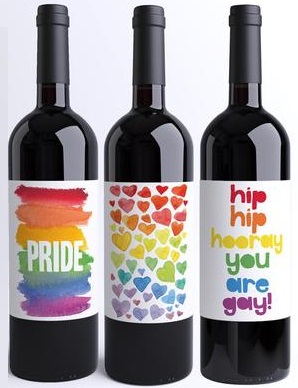

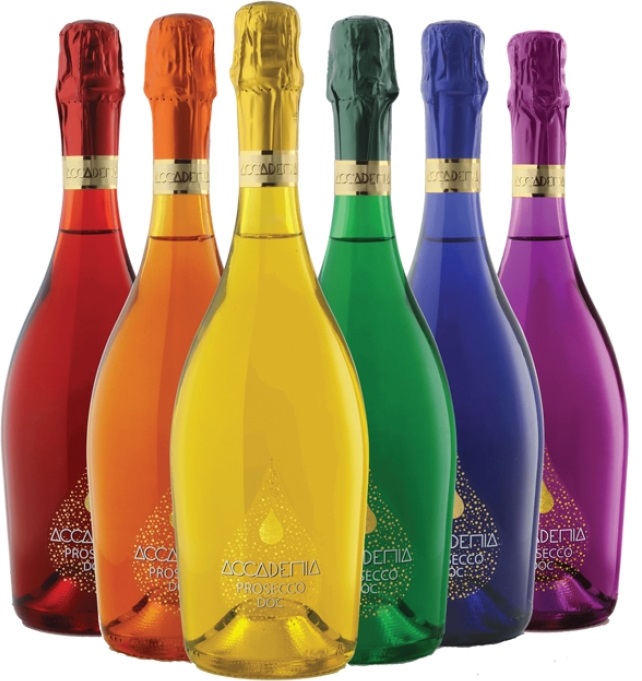
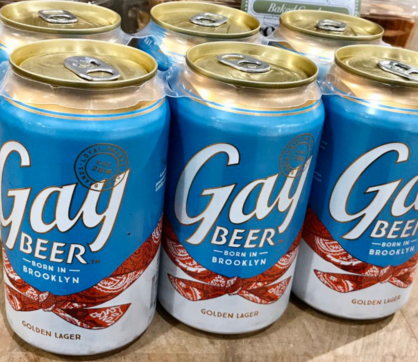
LGBTQ Winemakers You Need to Know
Out in the
Vineyard
Epic Journey to America's Last Lesbian Bars
Bar for Women’s Sports Brought in $1 Million in 8 Months
Beer Companies That Actually Do Support
The LGBTQ Community
In the
mid-1980s, when Pride was still establishing itself,
most alcohol was sold by playing up a fictional
relationship between certain types of alcohol and
conventional heterosexual masculinity. Later,
negotiations for Pride sponsorships were made more
complicated by the fact that Molson merged with Coors, a
corporation that had funded anti-gay political groups
and had discriminatory hiring practices in the United
States. A decade later, beer companies would engage in
bidding wars over the exclusive rights to stock the beer
tent bars.
Now, between "brosé" and the long-overdue realization
that women also like and drink whisky, some of those
rigid associations between gender and drinking are
beginning to break down. As an example, when founders of
Rendle's Gin launched their pink-tinged spirit last
year, they shrugged off critics who cautioned that men
might not be willing to be seen drinking pink gin,
remarking that they'd be perfectly happy to sell to the
segment of the market that wasn't afraid of pink drinks.
Have you
ever heard of the Raspberry Kiss? It is served at Eureka
Restaurant & Lounge in the Castro District. It is
probably one of the gayest of cocktails. This spin on
the pinkest of 90s drinks, the Cosmopolitan, is a mix of
Smirnoff Raspberry vodka, lemon juice, triple sec, and
Chambord.
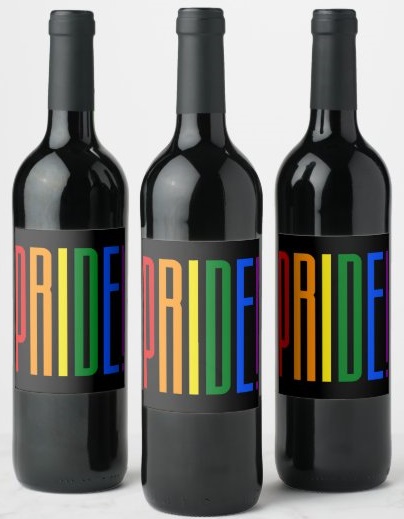
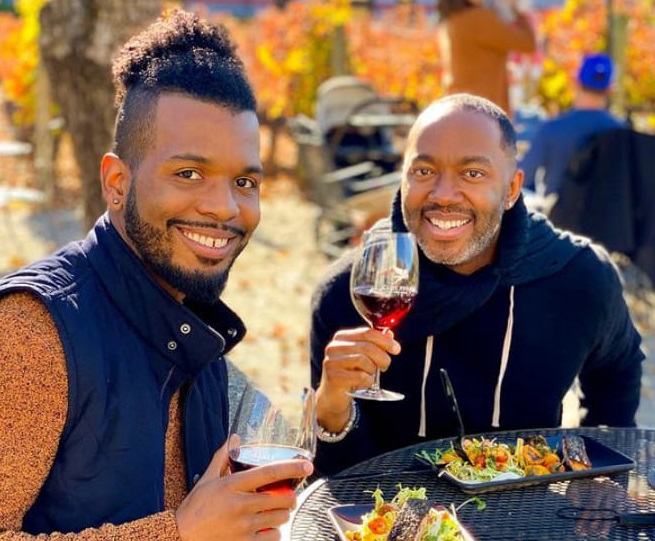
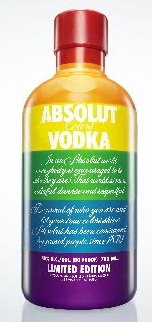
Is the growing openness a gimmick? A cynical marketing
ploy to dial into previously neglected and lucrative
markets? Probably a little. But, given the fraught
history between Pride and alcohol marketing, there's
something satisfying about liquor companies doing an
about-face to salvage the relationship with a suddenly
coveted queer clientele.
Rae sees things a bit differently. "Well, there's a
history," he says.
"I don't know if there's a relationship. But I can tell
you that, by the end of the night, the representatives
could not believe the amount of beer that was consumed
at Pride. They were shocked. And they were eager to come
back the following year."
[Source: Christine Sismondo, Globe & Mail, 2016]
Women’s Sports Bars Are on a Winning Streak
Philadelphia's First Ever Queer Women's Sports Bar Set
to be a Slam Dunk
Reneé Rapp Wants to Open a Queer Bar in Los Angeles
Women's Sports Bars Expected to Quadruple
Across US in 2025
Most Popular Gay Cocktails
Gay Winemakers Tell Their Stories
Queer-Focused Booze Market
LGBTQ Pride and the Wine World
There are 30 Lesbian Bars Left in the US Today
Chef Silver Iocovozzi Believes Trans
Cooks Are Just Better
Queer Beer and Wine
Best Gay Cocktails to
Enjoy During Pride
Gay Wines: Marketing the Rainbow
Pride Beers That Support LGBTQ Causes
LGBTQ Guide to Sonoma County Wine Country
Booze Brands Showing Their Support of LGBTQ Pride
Visit
the Cafe
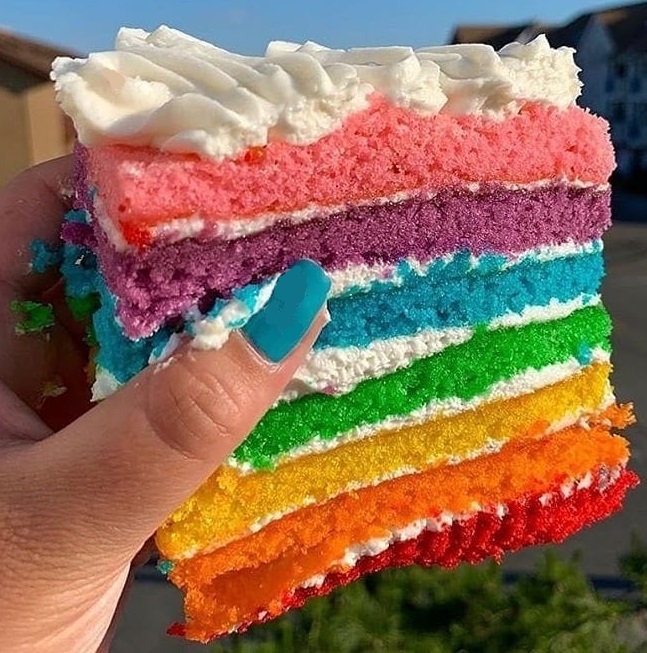
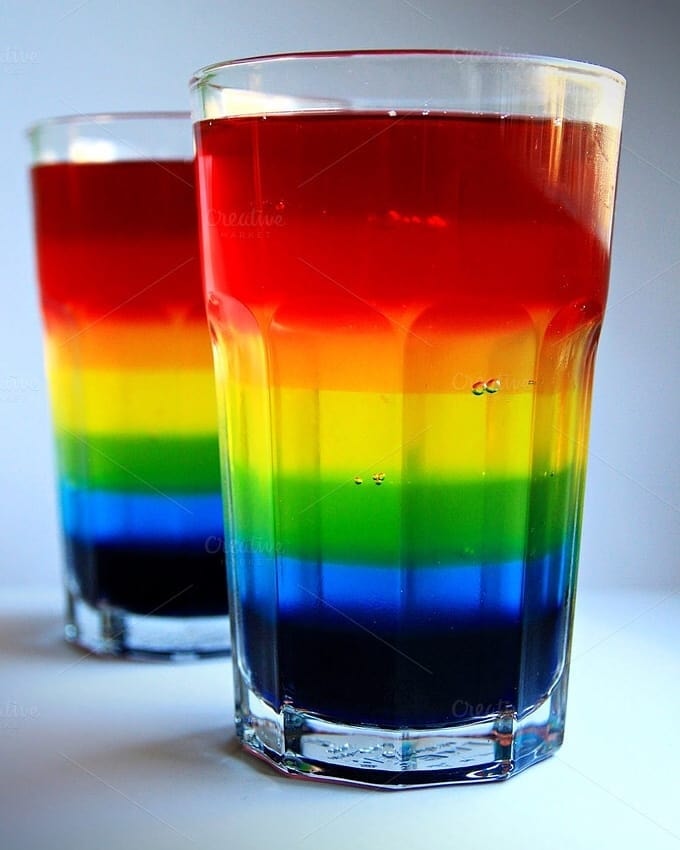

LGBTQ Chefs
|
Telly
Justice
Rob Connoley
Gregory León
DeVonn Francis
Roberto Santibañez
Dominique Crenn
Jo Chan
Surbhi Sahni
Lazarus Lynch
 |
Gregory Gourdet
Gaby Maeda
Alex Koones
Silvana Salcido Esparza
Yotam Ottolenghi
Tara Monsod
Ashleigh Shanti
Laine Myers
Margot McCormack
 |
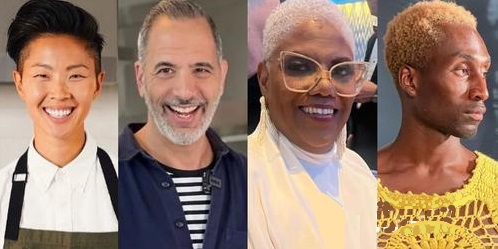
Queer as Food
Gay Food: It's Here and It's Queer
LGBTQ Contestants Who Stole the Show in The Great
British Bake Off
What is Queer Food? We Asked LGBTQ Foodies and Chefs to
Define it
Home for the Holidays: San Francisco Drag
Legend Juanita More
Bakery Almost Went Out of Business for Supporting LGBTQ
Rights, But Locals Stepped Up
LGBTQ Chefs Serving Queer Culinary
Realness and Changing the Game
Home for the Holidays: San Francisco Drag
Legend Juanita More
Chef Michael Twitty: Unites His Black and Jewish
Heritage With Food
Top Chef Winner Melissa King Finds
Creative Ways to Support the Queer Community
Jennifer E Crawford: Lock Down, Rise Up, Make Food
Historic
Greenwich Village Gay Bar Declared Official City
Landmark
New York City’s oldest gay bar earned landmark
recognition after a 10-year campaign to honor the
Greenwich Village location.
The venerable Julius’ Bar, one of Manhattan’s oldest
continuously operating taverns, received the new status
exactly one decade after the Village Preservation
organization took up the cause for the circa 1825
building at 159 W. 10th St.
“Julius’ finally has the landmark status it deserves,”
said Andrew Berman, executive director of Village
Preservation. “This is a huge step forward in
recognizing our city’s history as a refuge and home to
the nation’s largest LGBTQ community.” The New
York City Landmarks Preservation Committee voted
December 2022 for the designation, insuring Julius’ site
was protected from demolition or alteration in the
future.
The bar
was famously the site of a 1966 “Sip-In” protest against
regulations that criminalized gay bars at the time, an
event held full three years before the Stonewall Inn
riots. The civil disobedience action was among the first
organized events supporting the rights of the LGBTQ
community. The Stonewall was landmarked in 2015.
Historic Greenwich Village Gay Bar Declared City
Landmark
Julius' Bar in New York City Designated A Landmark
Epic Journey to America's Last Lesbian Bars
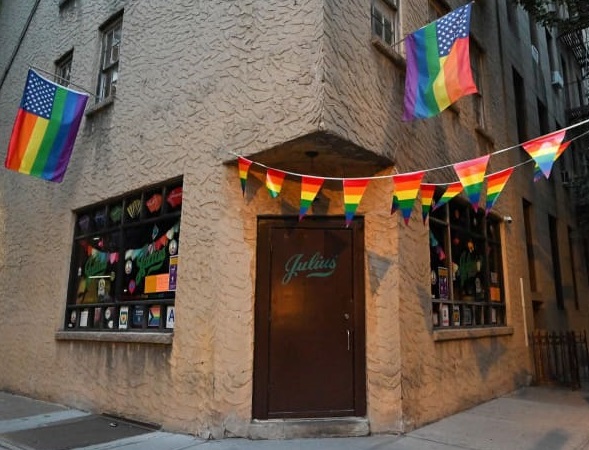
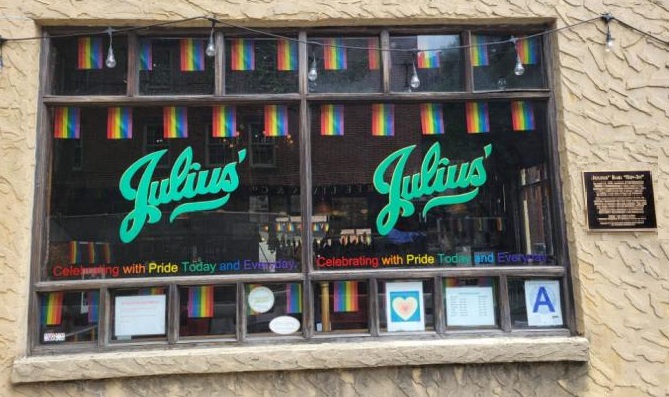
“This is an integral part of New York and American
history, and these stories and places must be honored
and preserved,” said Berman. “We praise the city for
taking this long-overdue action and urge them to keep
going.”
Six years ago, Village Preservation teamed up with the
estate of Village Voice photographer Fred McDarrah, who
shot the scene at the “Sip-In,” in an effort to raise
awareness and money to preserve the historic location.
And earlier this year, a plaque honoring the site was
unveiled with participants and organizers in attendance.
Berman said it was about time that the venerable bar
received recognition.
“For too long New York’s LGBTQ history has been
overlooked and ignored, particularly the role Greenwich
Village played in advancing this critical civil rights
movement and embracing and supporting marginalized
communities,” said Berman.
[Source: NY Daily News, December 2022]
Chicago Could Become First Airport in the US to Have a
Gay Bar
LGBTQ Winemakers You Need to Know
Out in the
Vineyard
Epic Journey to America's Last Lesbian Bars
Philadelphia's First Ever Queer Women's Sports Bar Set
to be a Slam Dunk
Women's Sports Bars Expected to Quadruple
Across US in 2025
Beer Companies That Actually Do Support
The LGBTQ Community
Equality Vines Uncorks Wines with LGBTQ
Purpose
Best Gay Bars in NYC
History Behind the R&R, Colorado's Longest Running Gay
Bar
Oregon’s Queer Wine Fest is Turning the
Vineyard Rainbow
Best of Gay Washington DC
Barefoot
Wine: LGBTQ Affirming
Take a Sip of These Queer-Owned US
Breweries
Bar for Women’s Sports Brought in $1 Million in 8 Months
Equality Vines Uncorks Wines with LGBTQ
Purpose
Lock
Down, Rise Up, Make Food
MasterChef
Canada winner Jennifer E. Crawford finds
self-created joy in Queer Food.
“Queer Food is like cold butter sliding across a hot
pan: just when I think it’s somewhere, it melts away.”
Like that butter, 38-year-old Jennifer E. Crawford is
perpetually on the move—and moving others. They explain
that they only appear to be constantly in motion: “I
have what feels to me like a languid pace, but probably
looks fast, because my limbs just know how to be
efficient in the kitchen, the way a computer always has
background programs running.” Crawford exhibits laser
focus on a given task but remains open to the pleasure
and surprise of distraction, pointing out the delightful
way that sunlight lands on crumpled tinfoil and showing
me a particularly pleasing jar of their Mom’s pickled
beets sitting on a shelf. Crawford bends down to kiss
Taiga, the dog who “is never more than a few feet away
from me. She's my sous chef and chief R&D quality
control specialist.”
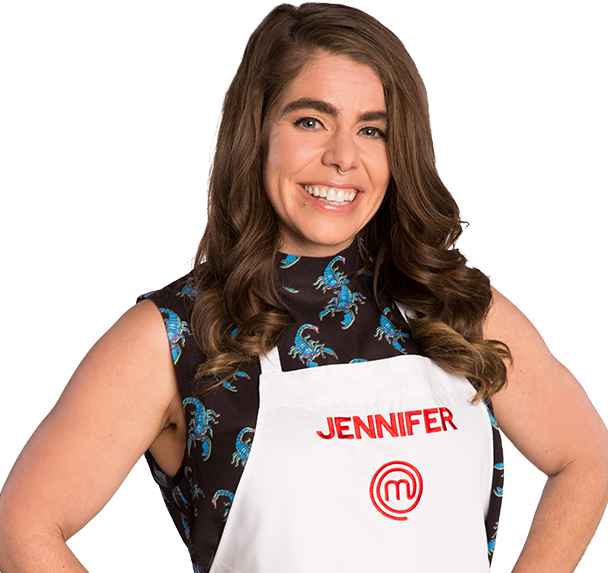
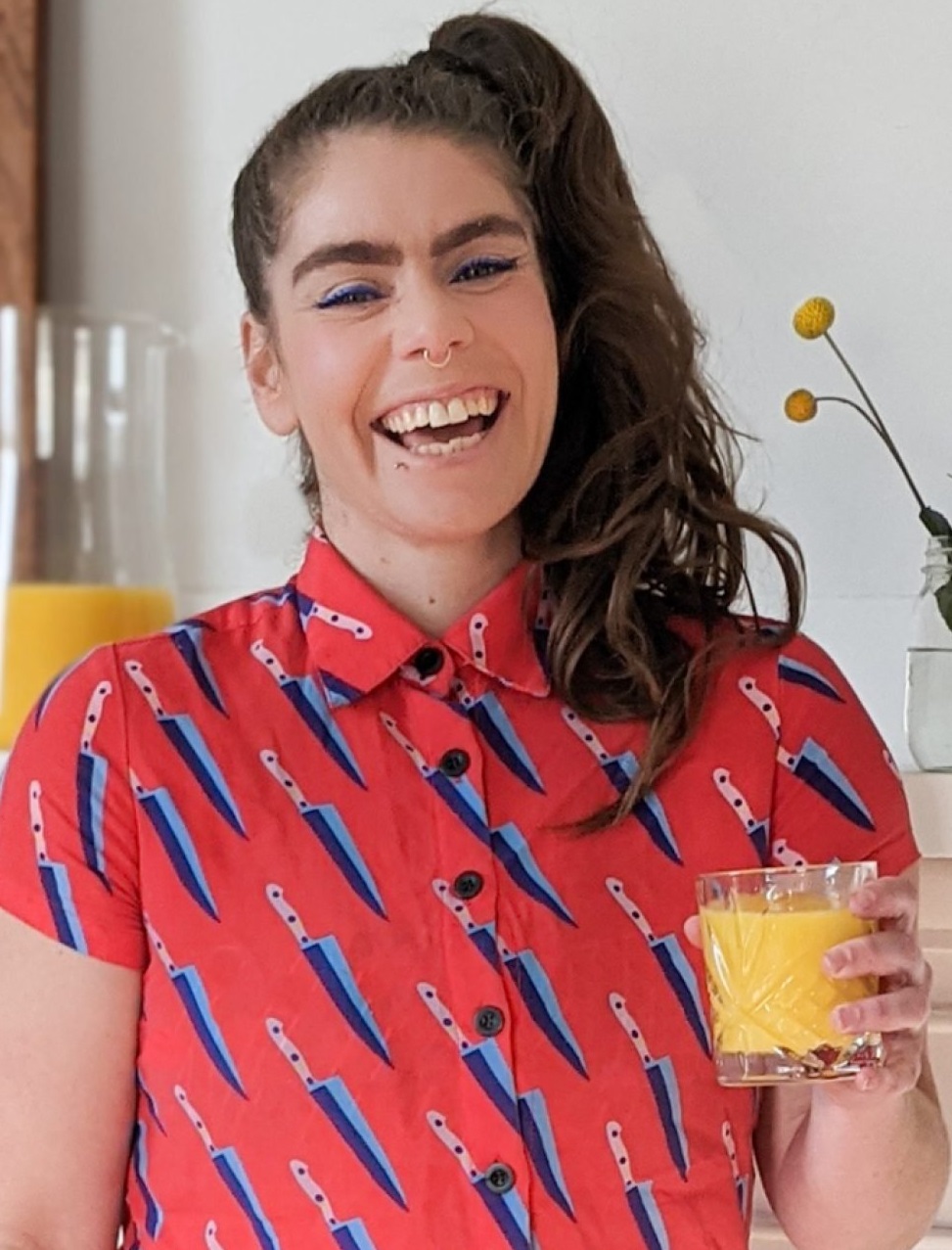

Crawford
(refreshingly forthright, fierce, and funny) was a
stand-out contestant on season six of MasterChef Canada
in 2019. In a competitive roster comprised entirely of
home cooks, Crawford’s queerness was rewarded on the
show, where they quickly garnered fans across Canada for
their imaginative and enthusiastic self-expression both
in and out of the kitchen. They earned the MasterChef
title along with its cash prize of $100 000. Notably,
Crawford was the first non-binary person (they prefer
the term “gender creative”) and the first Maritimer to
win the competition.
I’ve turned to this self-identified “food freak” to help
me ponder the question of Queer Food. “Trying to
describe Queer Food feels as slippery to me as trying to
describe my gender; it’s always getting away from me.”
This lack of precision inspires an attendant frisson:
“that’s what I love so much about Queer Food, its lack
of fixedness.”
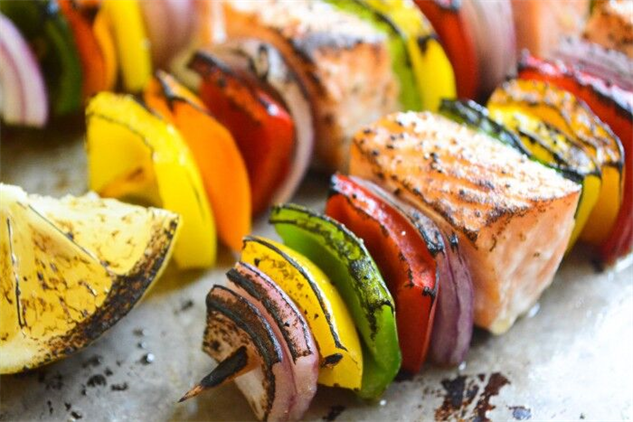
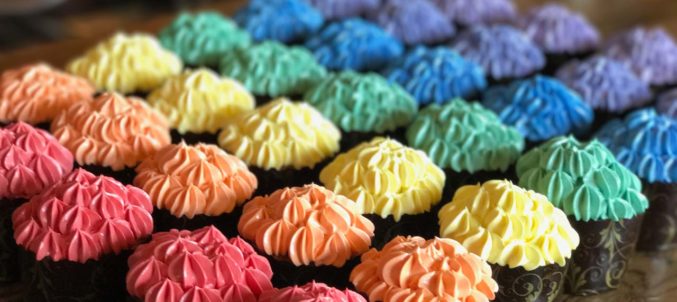
There have been seismic shifts both globally and on the
home front. I fear that contemplating Queer Food as we
live in and through multiple interconnected crises is
indulgent. Crawford allays my fears, reminding me that
dismissing our own interests and instincts as frivolous
is precisely what the powers that be want us to do.
“Historically, times of strife have been awful to those
on the margins. It’s repeating itself in real time, with
a velocity so powerful it knocks me off balance.
Anything not considered the ’greater good’ (the economy,
the status quo) gets dismissed as simply frivolous, a
distraction or a luxury to be considered expendable,
including Black and Queer lives.” Crawford continues:
“The horrors of police violence exacted on Black people,
various states passing numerous transphobic bills,
rampant food insecurity (who knows how many lives will
be lost to this?). Not just to COVID-19, but to the
exhaustion and anguish of continual loss and injustice?”
For Crawford, Queer Food is inherently political,
“forever expanding and challenging ideas about what’s
normal. Nothing is free from politics,” Crawford argues.
“What masquerades as apolitical is usually complacent
enjoyment of privilege. Queer Food has the potential to
expose those sneaky things, hold them up to the light,
with a dash of camp and community-supported agricultural
realness.”
Crawford believes that Queer Food matters more than ever
in the face of calamity. Organizations such as The Okra
Project are on the frontlines of this work every day,
providing free-of-cost meals both for and by Black Trans
people. Crawford enthuses: “Queers have always known how
to make something out of nothing, because we’ve had to.
That’s what pantry cooking in times of scarcity is all
about. When you’ve been told repeatedly that your
gender, your desires, your relationship configurations
are unlivable, even subject to legal recourse and police
violence (yet here you are, living them anyway) you know
in your marrow that the rules are made up and the game
is fixed.”
Best LGBTQ Food, Wine and Spirits Festivals From Coast
to Coast
LGBTQ Contestants Who Stole the Show in The Great
British Bake Off
Badass LGBTQ Restaurant
Folks
What is Queer Food?
Women’s Sports Bars Are on a Winning Streak
Queer Chefs are Rewriting the Recipe for
Success
There are 30 Lesbian Bars Left in the US Today
What is Queer Food? We Asked LGBTQ Foodies and Chefs to
Define it
Visit
the Cafe
Take a Sip of These Queer-Owned US
Breweries
Most Popular LGBTQ Bars in US
Top Chef Winner Melissa King Finds
Creative Ways to Support the Queer Community
LGBTQ Food Industry Leaders
Celebrate Pride Month With Rainbow Foods
Jennifer E Crawford: Lock Down, Rise Up, Make Food

Crawford talks about the relief and healing they
experience by embracing freedom from restriction in the
kitchen, by creating their “own delicious utopia of
ever-expanding techniques and flavors, whether or not
they’re ‘supposed’ to make sense.” Crawford’s capacity
to see beyond kitchen convention is part of how they won
the MasterChef title: combining ingredients that “aren’t
supposed” to go together, flaunting the so-called rules,
imagining other ways of making: mint cotton candy and
lamb shanks, Nova Scotia donairs dressed up as a pâté
croûte, elaborate “treat cereals” with smoked
milks—possibilities proliferate.
Beyond survival, Queer Food is “a daily reminder that we
need and are deserving of nourishment, joy, care and
love, and that we can create those nurturing moments for
ourselves and others.” Crawford is beautifully candid
about their own mental health challenges: “2018 was
wild. I hit bottom and got sober in February. I had to
do something with my hands to keep them off booze, so
was perpetually in the kitchen. The more I healed, the
more my creativity and capacity for feeling regrew. In
August, I started a trauma treatment program.” Halfway
through that program, and with newfound courage and
strength, Crawford successfully auditioned for
MasterChef Canada 2019.
Today, Queer Food is keeping Crawford sober, one meal at
a time. “It’s soothing the usually well-managed PTSD
that’s been banging at my door, every day, since
quarantine started.” Crawford also worries about “all
the queer kids in lockdown with homophobic and
transphobic families. Most media paints an idyllic
picture of domestic bliss, meal prep with your kids, and
gathering around the family table. For lots of people, a
full table is the loneliest, scariest place in the
world.” It’s not hyperbole, then, to claim that
organizations such as The Trevor Project and the LGBTQ
Youth Line are doing life-saving work. Food banks, too.
Queer Food is a call to nurture and sustain queer
bodies.
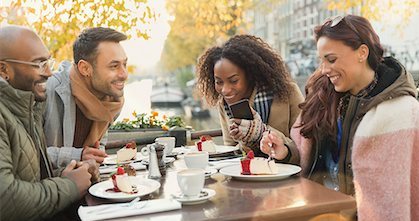
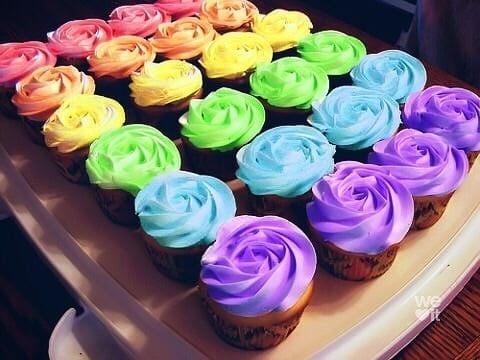
Queer as Food
Schitt's Creek: The Wine
and Not the Label
Mesmerizing Rainbow
Recipes
Disco Fries Are The Ultimate Queer Cuisine
LGBTQ Chefs Serving Queer Culinary
Realness and Changing the Game
Gay Food: It's Here and It's Queer
Epic Journey to America's Last Lesbian Bars
Culinary Icon James Beard:
Gay Male Julia Child
Cute Rainbow Recipes for LGBTQ Pride Month
Chef Michael Twitty: Unites His Black and Jewish
Heritage With Food
Our queer bodies will, for the most part and out of
necessity, spend this Pride apart. I keep hearing people
lament that Pride is cancelled. But that’s only partly
true, only one version of this year’s Pride story.
Rather than crowding into bars and parks, onto streets
and parade floats, we must re-invent and re-imagine
Pride. Crawford wonders playfully, promisingly: “Can we
cruise while at home, food pics the new hanky code?
Landscape orientation, left pocket. Portrait
orientation, right pocket. Sourdough, switch. Pride 2020
has the potential to be so campy, intimate, and
revolutionary.” Crawford goes further: “And there’s no
Pride without queer liberation for all. For me, Queer
Food feels powerful in this context because not only is
it invited into homes; it’s invited into people’s actual
bodies. It very literally transcends the spaces between
us, and don’t we need embodied connection now more than
ever?”
Pride is an opportunity to rethink and re-create family,
community, activism. As Crawford muses, “I’ve been
thinking about how a lot of us don’t have those
handed-down, learned-at-grandma’s-knee legacy of family
recipes.” But we create our own culinary legacies as an
act of queer love, “every recipe a portal into someone’s
queer story of survival, vulnerability, and pantry. And
with ample notes in the margins, where so many of us
feel most at home.”
[Source:
Kerry Manders, 2020]
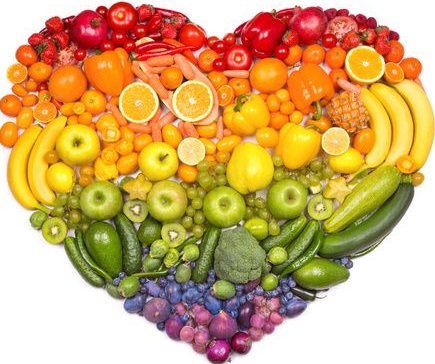
There are 30 Lesbian Bars Left in the US Today
Jennifer E Crawford: Lock Down, Rise Up, Make Food
Schitt's Creek: The Wine
and Not the Label
Badass LGBTQ Restaurant
Folks
Best Gay Bars in NYC
History Behind the R&R, Colorado's Longest Running Gay
Bar
Culinary Icon James Beard:
Gay Male Julia Child
Visit
the Cafe
LGBTQ Food Industry Leaders
Most Popular LGBTQ Bars in US
Queer Brunching: LGBTQ Roundtable Chat 1
LGBTQ Cafe in Dominican Republic
Disco Fries Are The Ultimate Queer Cuisine
Gay Soldier Berated in Restaurant
Gay Food is Here
Pride
Month comes but once a year every June, and with it
comes rainbow-colored sprinkles, rainbow layer cakes
and, well, rainbow everything. But beyond kaleidoscopic
novelties, the food world has long played an important
role in both the establishment and progression of LGBTQ
communities.
Queerness has always had a place in the culture of
gathering to eat, drink and be merry. After all, the gay
bar may be the most quintessential archetype of what it
means to meet up.
Dining establishments were the place where many of the
first protests for LGBTQ equality began. From Stonewall
to the Compton’s Cafeteria, spaces where the gay
community of the 1960s gathered became sites of ardent
fights for their right to come together and enjoy one
another’s company.
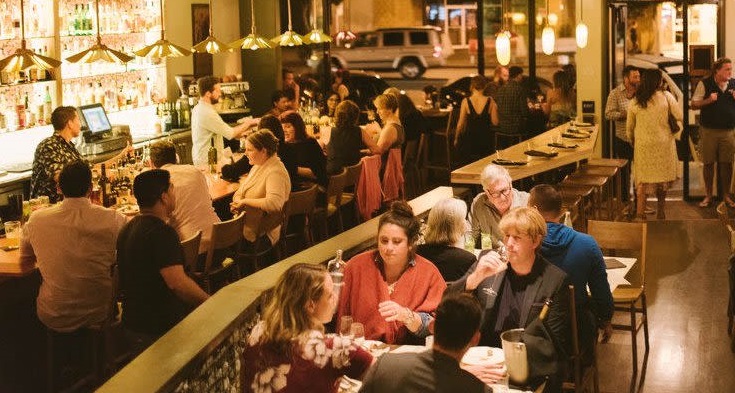
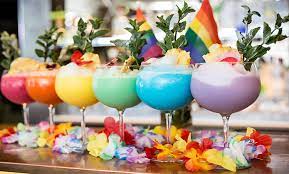
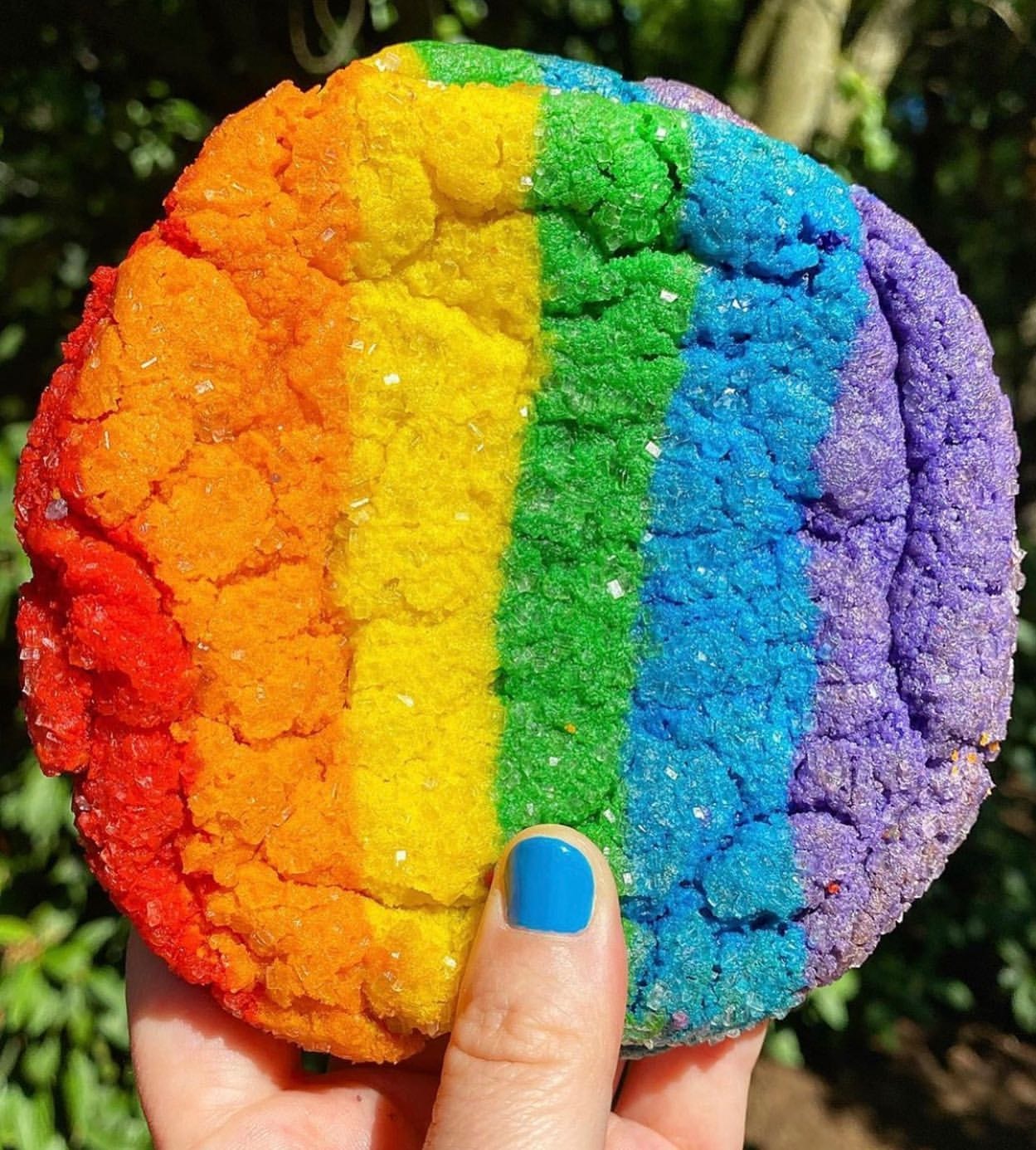
In the Western dining tradition, restaurants have often
been places of privilege, whiteness and heterosexual
norms. Historically, restaurants and bars were a place
to take a date, a place to meet ― a place, for those
with the privilege to do so, to escape and dine. Before
the Stonewall riots and other protests during the civil
rights era, restaurants and bars where the gay community
would gather were policed, with guests harassed and
owners threatened for simply existing.
While the Stonewall riots brought a wave of progress and
gay bars and queer-friendly establishments have become
commonplace, we still live in a cultural climate where
discrimination and prejudice still exists. This month
saw the Supreme Court ruling that bakeries are allowed
the right to refuse to make wedding cakes for same-sex
couples. We saw a straight white man who was accused of
sexual harassment and aggression able to continue his
successful businesses.
Among this cultural reckoning appear small signals of
change, such as the appearance of self-described queer
and gay restaurants. As Pride Month comes to a close,
let’s ask how we can move the food industry forward and
how the idea of a queer restaurant can be a potential
site to spark a revolution for the restaurant industry
and beyond.
Roundtable: What Is Queer Food?
Cute Rainbow Recipes for LGBTQ Pride Month
Badass LGBTQ Restaurant
Folks
What is Queer Food?
LGBTQ Contestants Who Stole the Show in The Great
British Bake Off
We Asked LGBTQ Foodies and Chefs to
Define Queer Food
Most Popular LGBTQ Bars in US
Take a Sip of These Queer-Owned US
Breweries
LGBTQ Food Industry Leaders
Celebrate Pride Month With Rainbow Foods
Jennifer E Crawford: Lock Down, Rise Up, Make Food
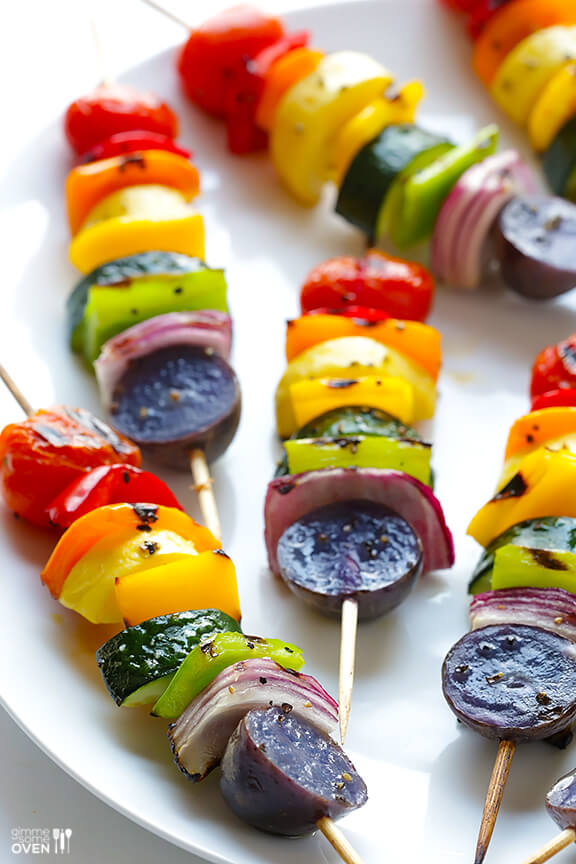
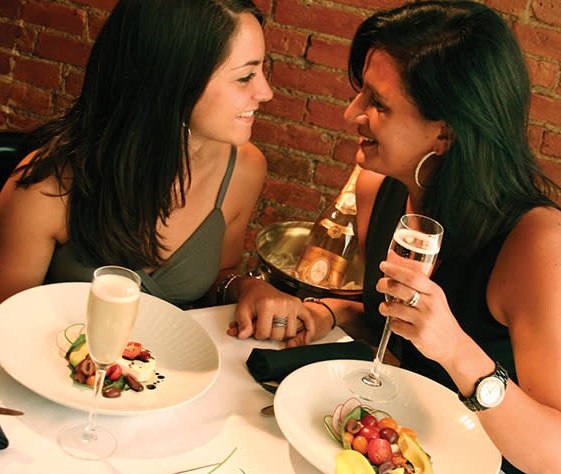
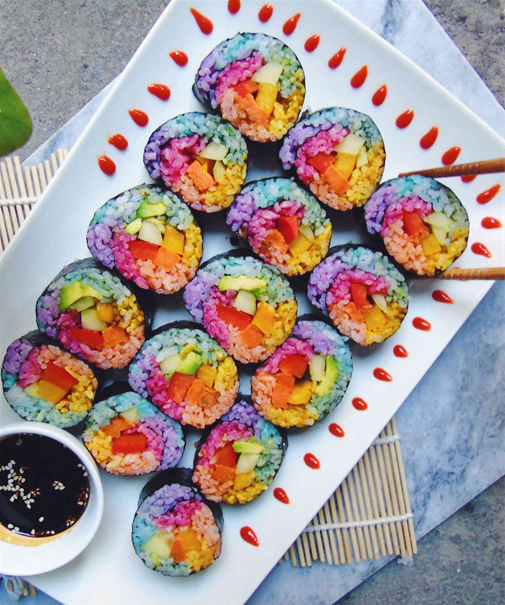
What is a queer restaurant and why does sexual
orientation matter?
A gay
restaurant doesn’t necessarily have to be a bar with a
rainbow flag waving outside its door and a poster for
drag bingo in the window. Instead, to actively queer a
space means challenging mainstream culture and our
assumptions around dining out.
Carla Perez-Gallardo and Hannah Black, the owners of Lil’
Deb’s Oasis in Hudson, NY, explained they’d wanted “a
restaurant/community space that felt deeply inclusive to
all kinds of people from all walks of life.” They wanted
the restaurant to be imbued with “the energy and
vibrance we associate with the food we love to make and
share — bright, bold, overwhelming.” To bridge the gap
between restaurant and customer and build a true
community was something they believed in from the start.
They did this through intentional details such as
“always having a $10 plate that provides a nourishing,
full meal — so that we can always guarantee having
delicious food at an affordable price point.”
The idea
that nobody should be turned away because of the price
allows for Lil’ Deb’s Oasis to feel inclusive and
inviting to anybody who wants to enter. The power and
potential of a queer restaurant lies within this idea of
inclusivity. Describing themselves as a “woman-powered
business” and restaurant, the restaurateurs say the
intention behind a place like Lil’ Deb’s is not only to
feed a customer but also open them up to new
experiences. To challenge one’s assumptions, a queer
restaurant works to progress antiquated views of how
restaurants should be, both for a customer and its
staff.
Epic Journey to America's Last Lesbian Bars
Cute Rainbow Recipes for LGBTQ Pride Month
Badass LGBTQ Restaurant
Folks
What is Queer Food?
Most Popular LGBTQ Bars in US
Take a Sip of These Queer-Owned US
Breweries
LGBTQ Food Industry Leaders
Celebrate Pride Month With Rainbow Foods
Jennifer E Crawford: Lock Down, Rise Up, Make Food
LGBTQ Contestants Who Stole the Show in The Great
British Bake Off
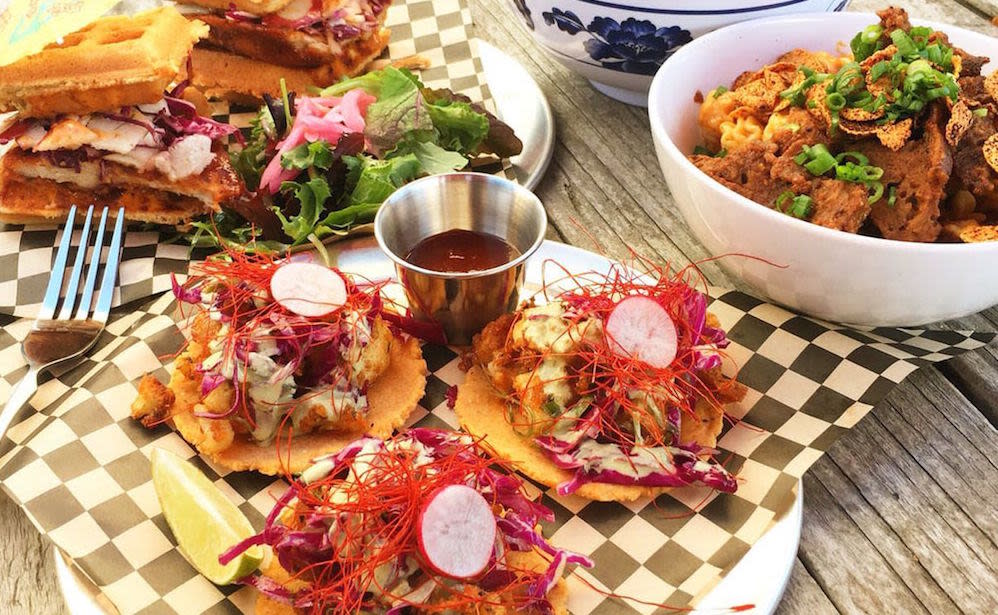
As John Birdsall wrote for Vice’s Munchies, “For
workers, restaurants are manifestations of power in the
rawest sense. They use socially acceptable forms of
coercion and domination to enforce certain standards of
performance,” and for a long time, this was to be
expected. From the early European beginnings of the
kitchen brigade system, restaurants were run in a
hierarchical system that favored authoritarianism. It is
no wonder bullying and harassment among restaurant
workers is commonplace. To many, it just came with the
territory of working in restaurants. But with more
restaurants like Lil’ Deb’s defining their space as
queer and progressive, the culture is changing. With the
advent of the Me Too movement and the fall of many a
male-chef empire, female chefs, restaurant workers, and
writers are trying to answer the question of how to
create a sustainable environment for hospitality that
extends from dining guest to chef to server.
Another dining establishment challenging the status quo
is MeMe’s Diner, which owners Bill Clark and Libby
Willis have described as “a very, very gay restaurant.”
While most of the restaurant team self-identify across
the spectrum of sexuality and gender, Bill and Libby
make it clear that it’s not what having a gay restaurant
is all about. They emphasize that queerness in a
restaurant extends to expanding our traditional notions
of hospitality.
Both of
these restaurants, and many more, are working hard to
dispel the old misconceptions of masculine kitchens and
of restaurant culture being raunchy, sweaty and just
plain abusive. Hiring queer staff, demonstrating “an
awareness of the potential for our verbal and nonverbal
communication,” and creating a warm, hospitable
environment for the staff as well as the customers is an
integral step in queering restaurant norms. Servers are
trained to not assume the genders of guests with
greetings such as “good evening, ladies,” while Clark
and Willis aim to maintain a work culture that is
comfortable for all.
Queer as Food
There are 30 Lesbian Bars Left in the US Today
Disco Fries Are The Ultimate Queer Cuisine
LGBTQ Chefs Serving Queer Culinary
Realness and Changing the Game
Schitt's Creek: The Wine
and Not the Label
Gay Food: It's Here and It's Queer
Culinary Icon James Beard:
Gay Male Julia Child
Roundtable: What Is Queer Food?
Visit
the Cafe
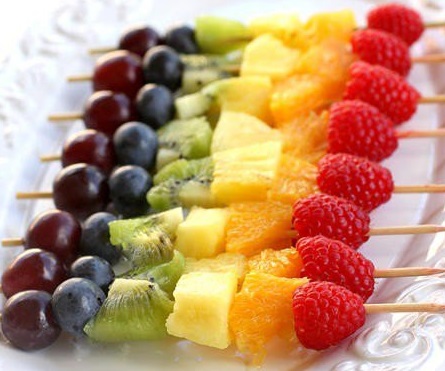
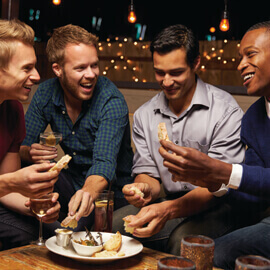
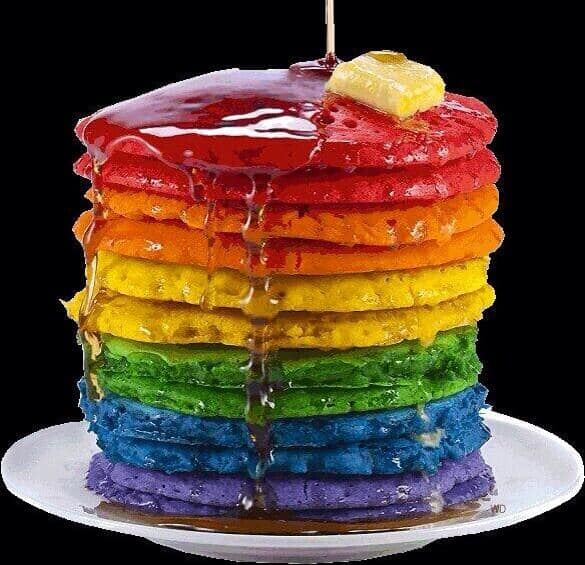
But most
important, how’s the food?
The food
served at these restaurants is meaningful, as much of it
honors personal roots and heritage. Gay food can, is and
should move past being thought of as a rainbow-colored
novelty served one month out of the year. Gay food isn’t
rainbow sprinkles on an ice cream cone. Gay food is
attentive, engaging, and pushes our notions of what
dining can be.
In much of Birdsall’s work, he explores what “gay food”
can be. He thinks of food as “a galaxy of potential
stories;” food has the ability to tell a story, share a
culture, and honor who we are or hope to be. Gay food,
he believes, is food that not only sustains, but brings
joy. Joy and pleasure, to exuberantly and unabashedly be
you in the face of systemic oppression, can be an act of
resistance. Gay food can show us that “the pursuit of
pleasure at the table is a political act.”
At MeMe’s Diner, brunch guests are welcomed with
complimentary bowls of familiar cereals such as Lucky
Charms or Trix. This helps set a tone for what’s to
come: a homey place where hospitality and kindness
greets each customer, providing a sense of ease. Their
menu has been described as veering “towards comfort food
as camp” with nostalgic, Americana references in dishes
like BBQ meatballs served with toothpicks to beautiful
layer cakes. The flavors are familiar but elevated, like
an Everything Bagel Babka or a fluffernutter sandwich.
These menu choices are meant to include, not to
intimidate, and “to bring you joy.” And isn’t that what
dining should be?
Cute Rainbow Recipes for LGBTQ Pride Month
What is Queer Food?
LGBTQ Chefs Serving Queer Culinary
Realness and Changing the Game
Badass LGBTQ Restaurant
Folks
We Asked LGBTQ Foodies and Chefs to
Define Queer Food
Jennifer E Crawford: Lock Down, Rise Up, Make Food
Visit
the Cafe
Queer Chefs are Rewriting the Recipe for
Success
This Sandwich is a Rainbow of LGBTQ Delight
Chef Michael Twitty: Unites His Black and Jewish
Heritage With Food
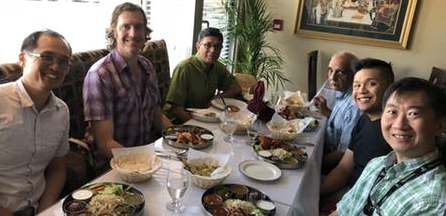
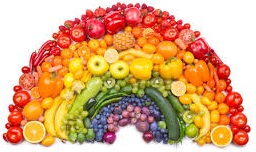
Lil’ Deb’s Oasis also serves comfort food, by way of
Perez-Gallardo’s belief in “honoring maternal lineage
and skillsets and sharing from it.” The food, from
llapingachos to salchipapas, has an Ecuadorian
inflection as an homage to her mother and reflects the
artist-chef’s belief in the idea that “maybe we [queer
establishments] look to ‘comfort’ in our cuisines
because comfort has been made so inaccessible to our
communities by larger social structures (in terms basic
rights, access to health care) and simply our
personhood.”
In the past, at places like Stonewall Inn and other gay
establishments, food was less on the forefront, but the
same search for comfort held true. Stonewall, while
originally an inn and bar, was also more than that.
Guests and patrons of any age or background were able to
enter and stay for the price of admission. Young people
seeking the comfort of others went to Stonewall Inn to
be recognized as people, making it a “de facto community
center.”
And in many ways, this is what places like MeMe’s and
Lil’ Deb’s Oasis are striving for ― to be a beacon of
comfort and community for those who need it. The goal of
a queer restaurant becomes clear: to create a culture
where anybody can express their identity proudly. In the
end, it’s not necessarily queerness that is at the
forefront to bring about a “gay restaurant,” but rather,
a new movement of pride in the service of comfort,
compassion and kindness toward others. And you can
leave the rainbow sprinkles at home.
Best LGBTQ Bars in Los Angeles
Mesmerizing Rainbow
Recipes
There are 30 Lesbian Bars Left in the US Today
Queer Brunching: LGBTQ Roundtable Chat 2
Oldest and Most Iconic Gay Bars in the US
LGBTQ Food Industry Leaders
La
Chica De La Barra
Gay Couple Gets Kicked Out of Cafe for PDA
Queer as Food
Best Gay Bars in NYC
History Behind the R&R, Colorado's Longest Running Gay
Bar
Culinary Icon James Beard:
Gay Male Julia Child
Take a Sip of These Queer-Owned US
Breweries
Most Popular LGBTQ Bars in US
Disco Fries Are The Ultimate Queer Cuisine
Family Gay Bashed in Texas Cafe
Coffee House News
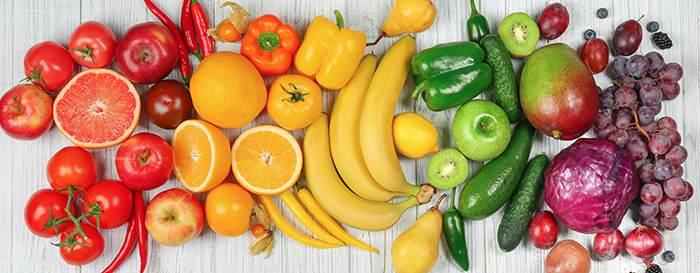
LGBTQ
Bars and Clubs
Roscoe's Tavern (Chicago)
Hamburger Mary's (Orlando)
Lipstick Lounge
(Nashville)
Atlanta Eagle
(Atlanta)
Our Place (Birmingham)
Pumping Station (Memphis)
Godfrey's (Richmond)
Sidetrack
(Chicago)
My Sister's Room
(Atlanta)
Al's on
Seventh (Birmingham)
Play Dance
Bar (Nashville)
Famous Queer Bars,
Pubs, and Taverns
Stonewall
Inn - Christopher Street, Greenwich Village NYC
The Pulse
Nightclub - Orlando FL
Gene
Compton's Cafeteria - Tenderloin District, San Francisco
CA
Twin Peaks
Tavern - Castro District, San Francisco CA
Swinging
Richards - Atlanta GA
The
Cubbyhole, New York City, NY
Sidetrack
- Chicago IL
The Abbey
Food & Bar, West Hollywood, Los Angeles CA
Dorothy
Downstairs – Chicago IL
The Ruby Fruit – Los Angeles CA
Larry's
Lounge - DuPont Circle, Washington DC
Therapy -
Hell's Kitchen NYC
Hamburger
Mary's - West Hollywood, Los Angeles CA
Boycott
Bar – Phoenix AZ
Ginger's
Bar (Irish Lesbian Bar) - New York City NY
Jolene – San Francisco CA
Bulldogs
Bar - Atlanta GA
Bourbon
Pub & Parade - Bourbon Street, New Orleans LA
Club Cafe
- Boston MA
Roundup
Saloon - Dallas TX
Al's on
Seventh - Birmingham AL
Moby Dick
- Castro District, San Francisco CA
Cubbyhole
- East Village NYC
Pecs Bar -
San Diego CA
Henrietta
Hudson Bar & Grill, New York City NY
Hunters -
Fort Lauderdale FL
My Sisters
Room – Atlanta GA
Femme – Worcester, Massachusetts
Roscoe's
Tavern - Chicago IL
Pilsner
Inn - Castro District, San Francisco CA
Tribe -
Nashville TN
Duplex
Cabaret Theatre - Christopher Street, Greenwich Village
NYC
Gym Sports
Bar, West Hollywood, Los Angeles CA
Rain on
4th -Austin TX
Frankie’s
– Oklahoma City OK
The Lipstick Lounge – Nashville TN
Q Bar -
Castro District, San Francisco CA
Sue
Ellen’s – Dallas TX
Wildrose – Seattle WA
Our Place
- Birmingham AL
Dani's
Queer Bar (Lesbian Bar) - Boston MA
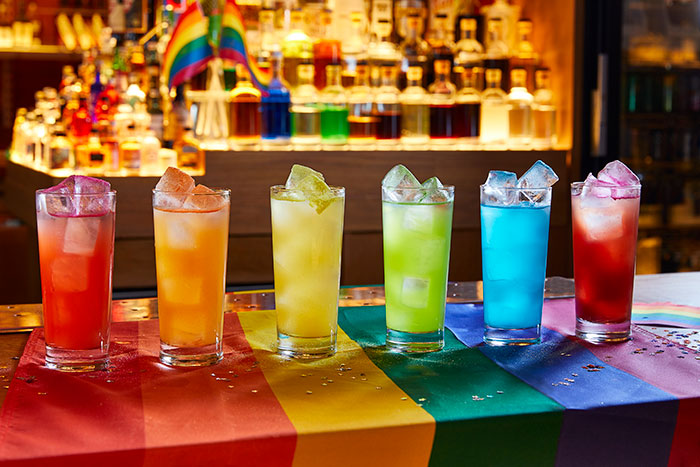
LGBTQ Dining and
Clubbing
New York LGBTQ
Cafes Bars Restaurants
San Francisco Cafes Bars
Restaurants
Chicago LGBTQ
Cafes Bars Restaurants
Orlando LGBTQ Cafes Bars Restaurants
San Diego LGBTQ Cafes Bars Restaurants
News Orleans LGBTQ
Cafes Bars Restaurants
Sydney LGBTQ
Cafes Bars Restaurants
Tallahassee LGBTQ
Cafes Bars Restaurants
Detroit
LGBTQ
Cafes Bars Restaurants
Atlanta
LGBTQ
Cafes Bars Restaurants
London LGBTQ
Cafes Bars Restaurants
Houston LGBTQ
Cafes Bars Restaurants
St. Louis LGBTQ
Cafes Bars Restaurants
Toronto LGBTQ
Cafes Bars Restaurants
Birmingham
LGBTQ Cafes Bars Restaurants
Harlem LGBTQ
Cafes Bars Restaurants
Tokyo LGBTQ
Cafes Bars Restaurants
Oldest and Most Iconic Gay Bars in the US

HOME
QUEER CAFE
│ LGBTQ Information Network │ Established 2017 |